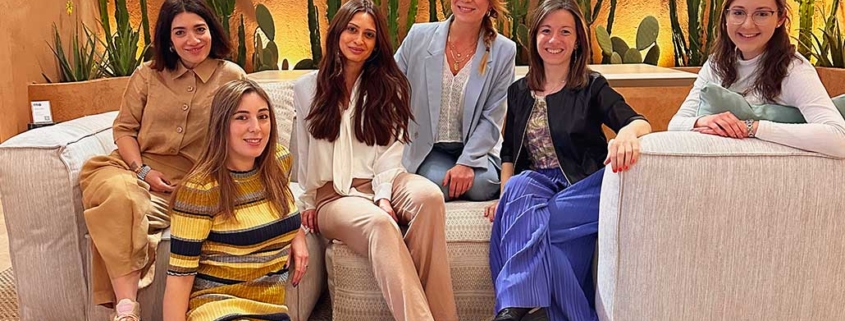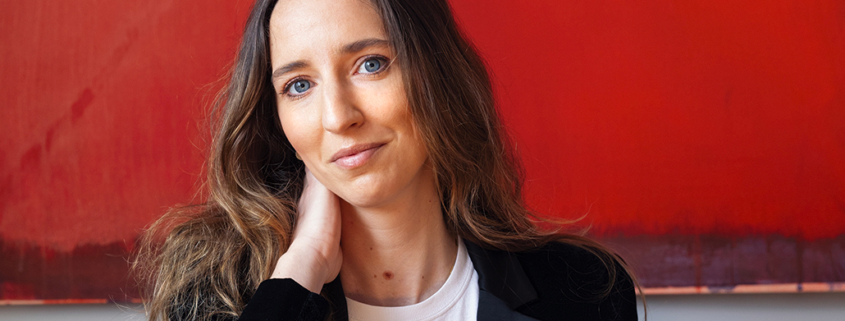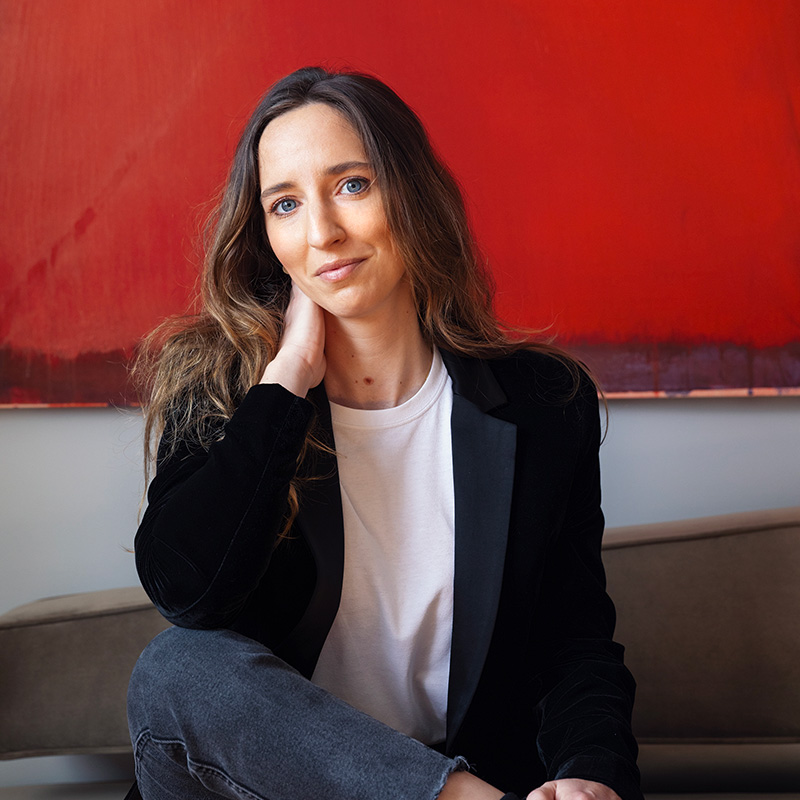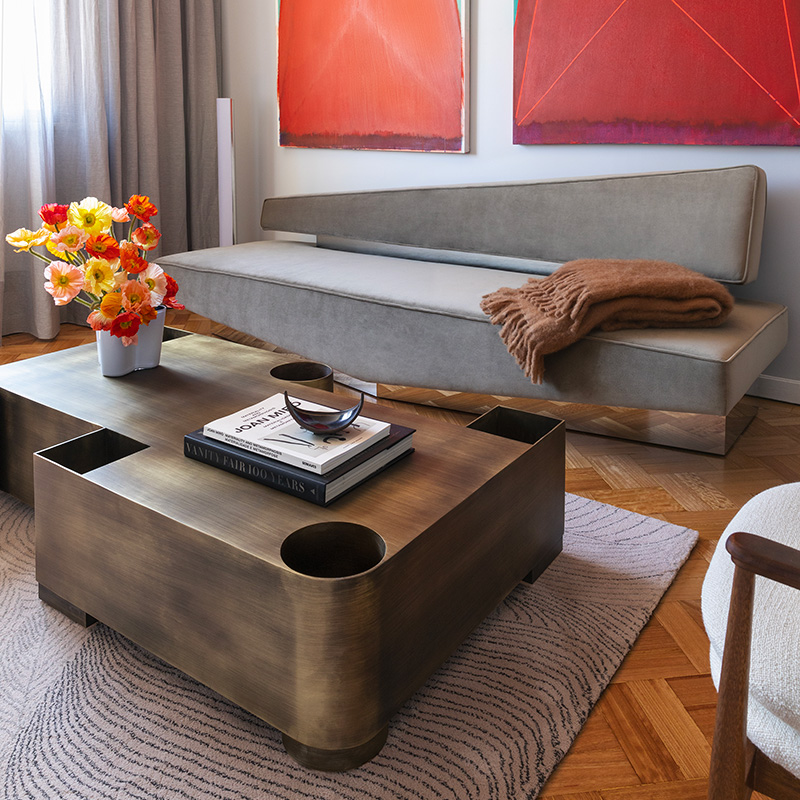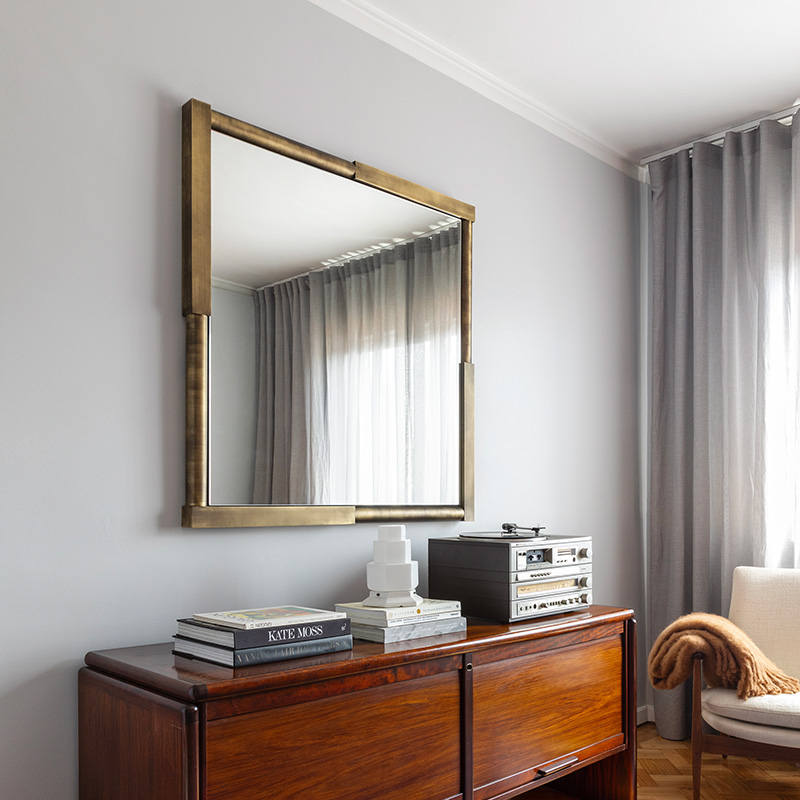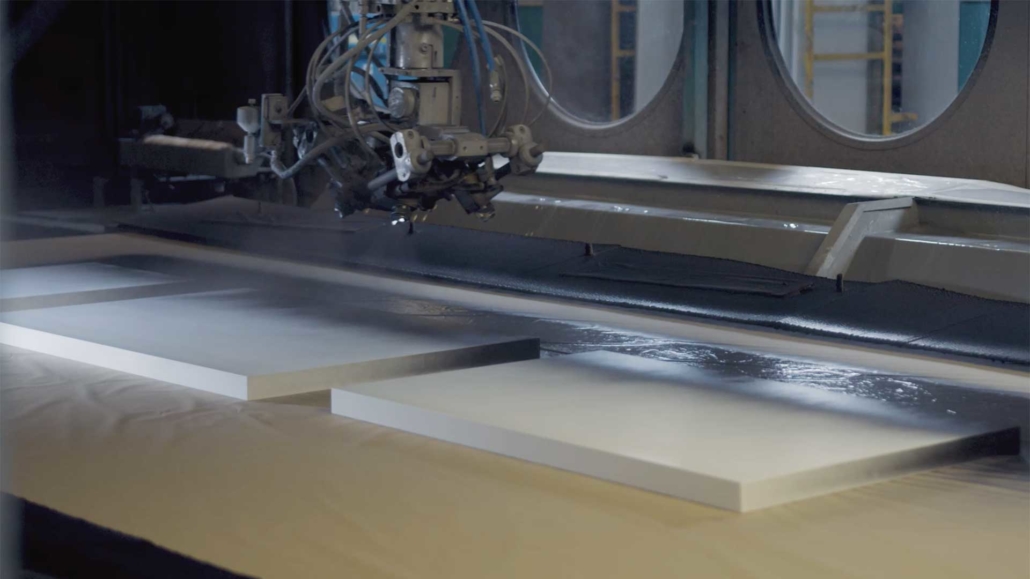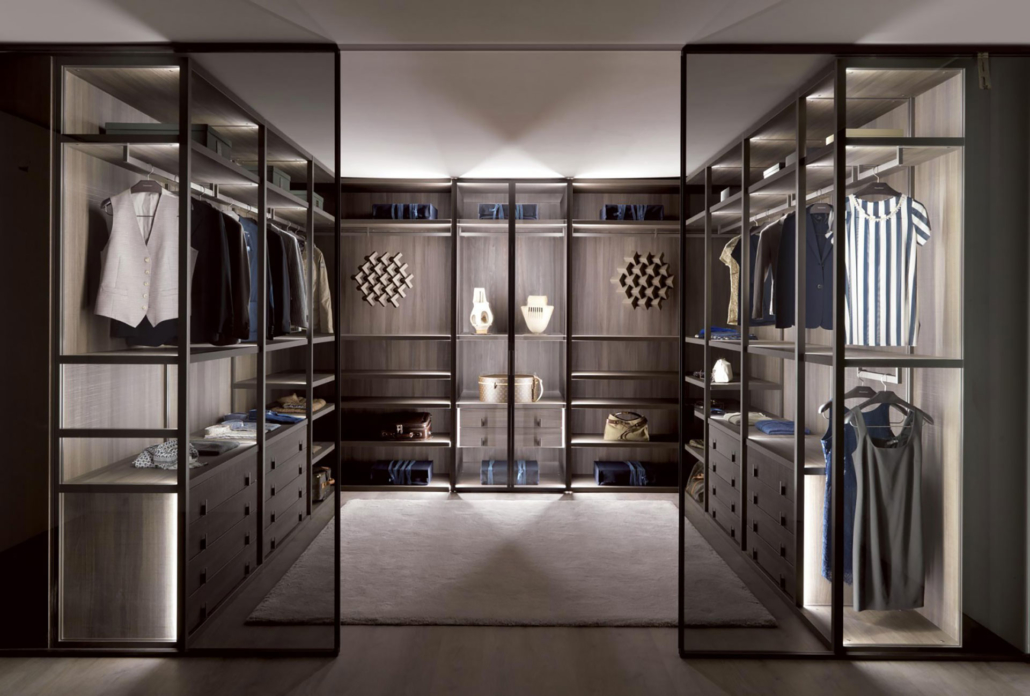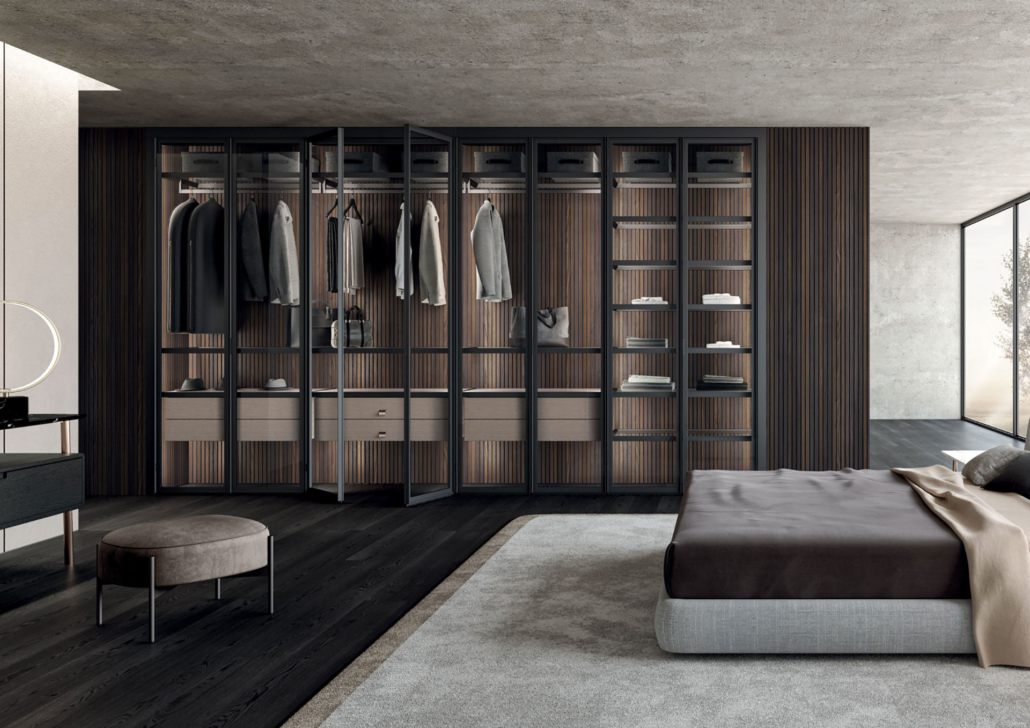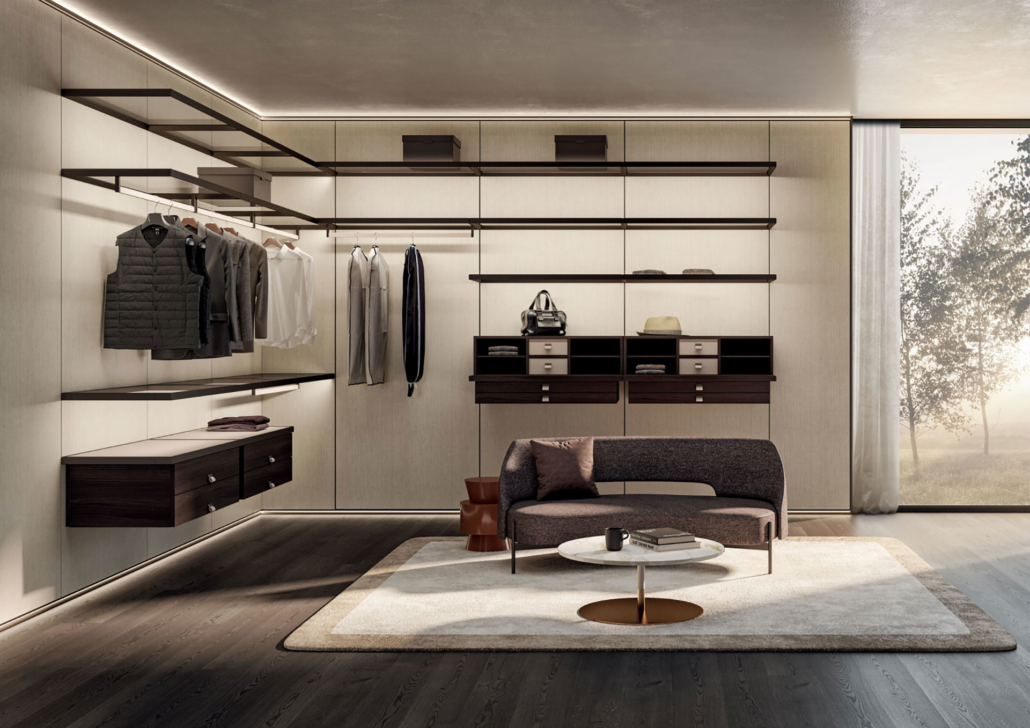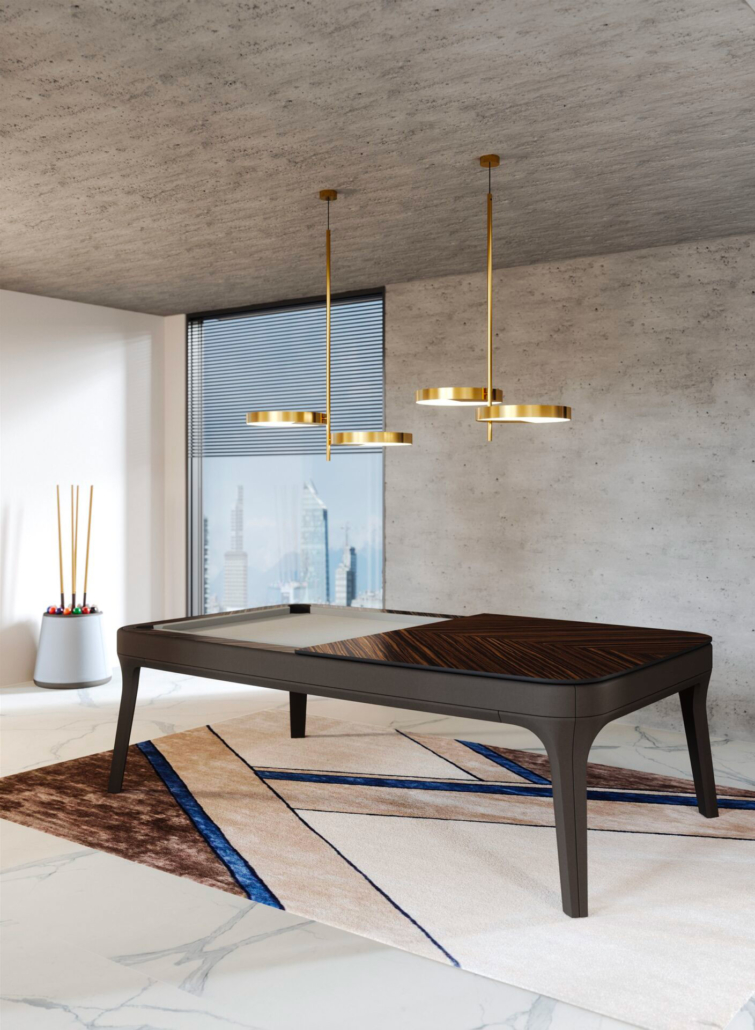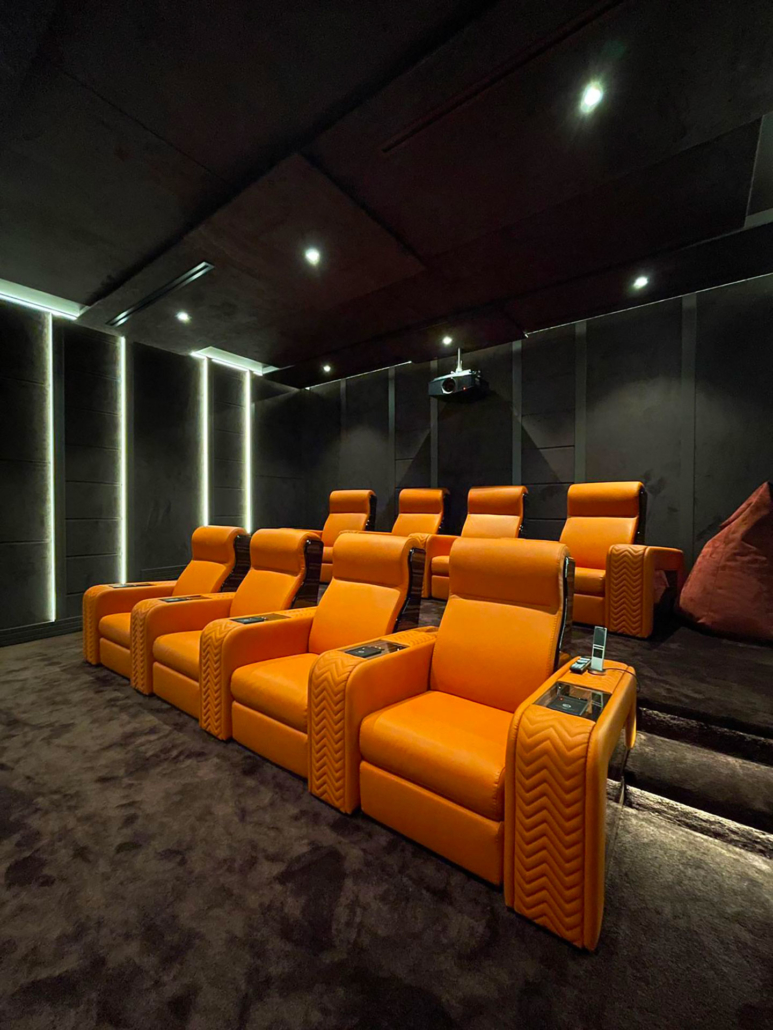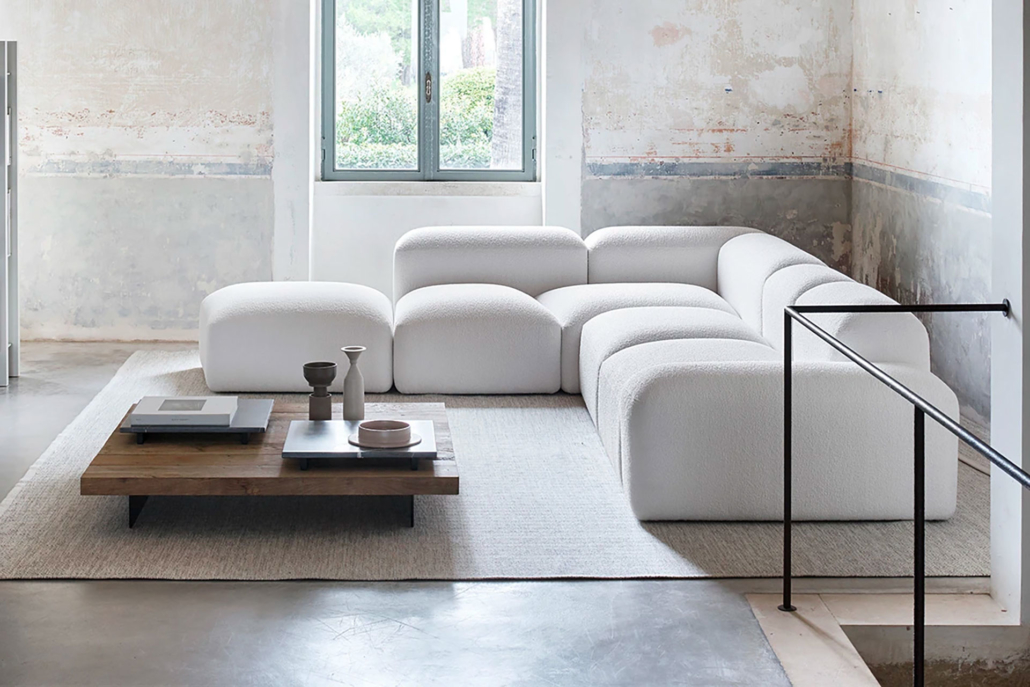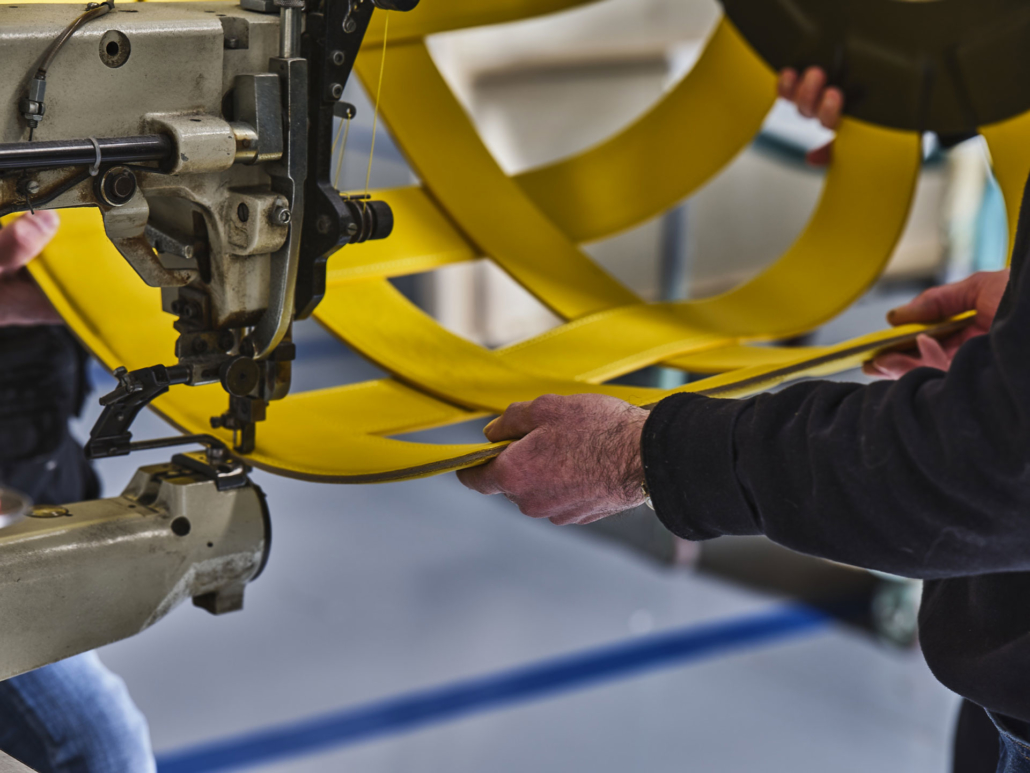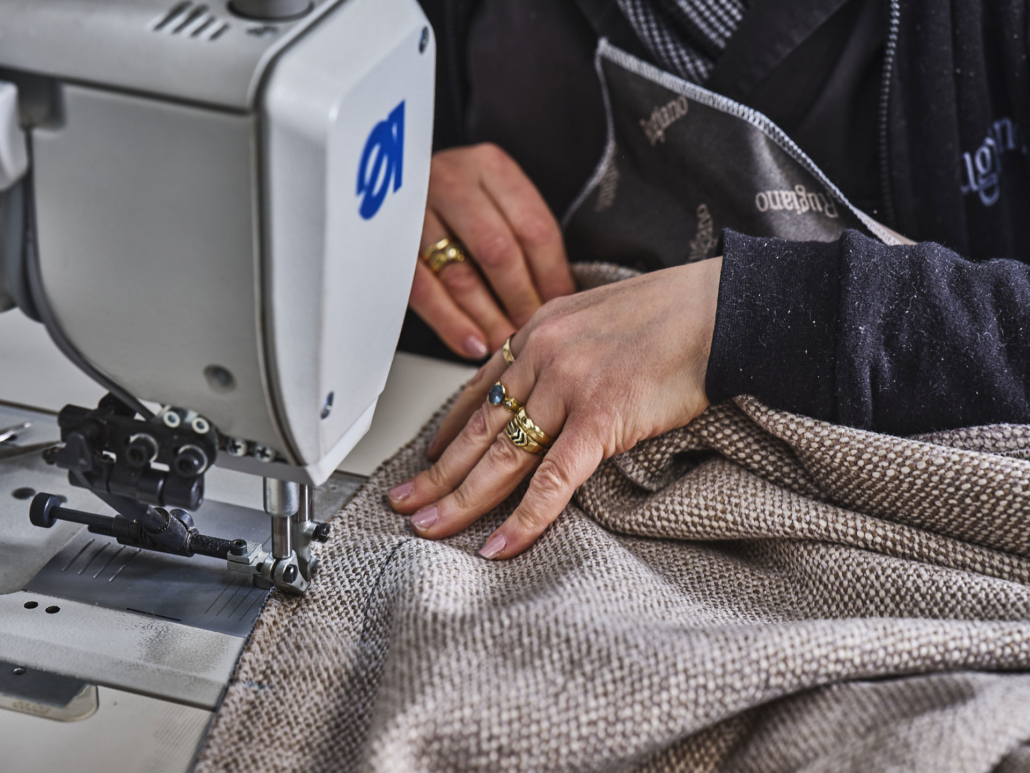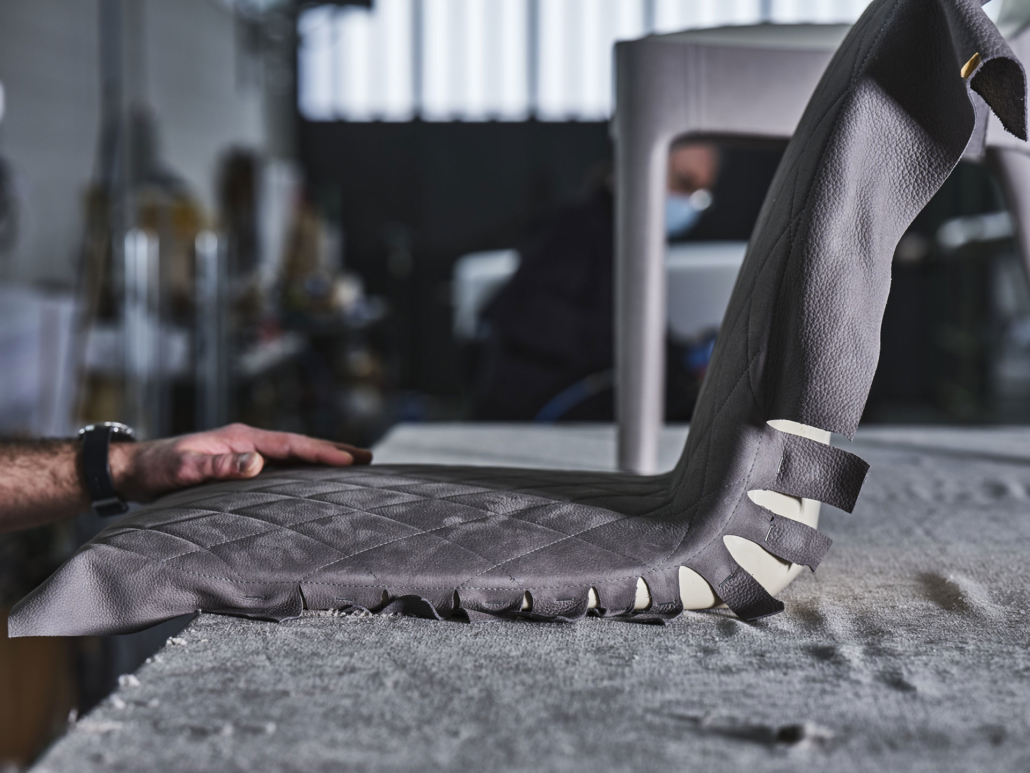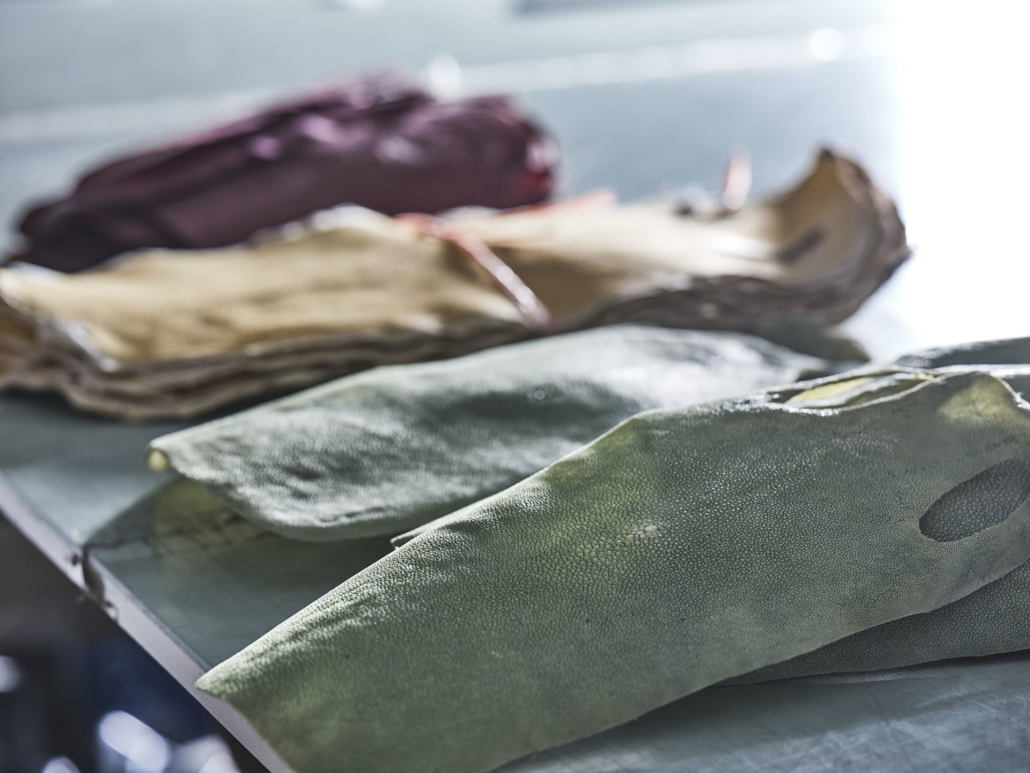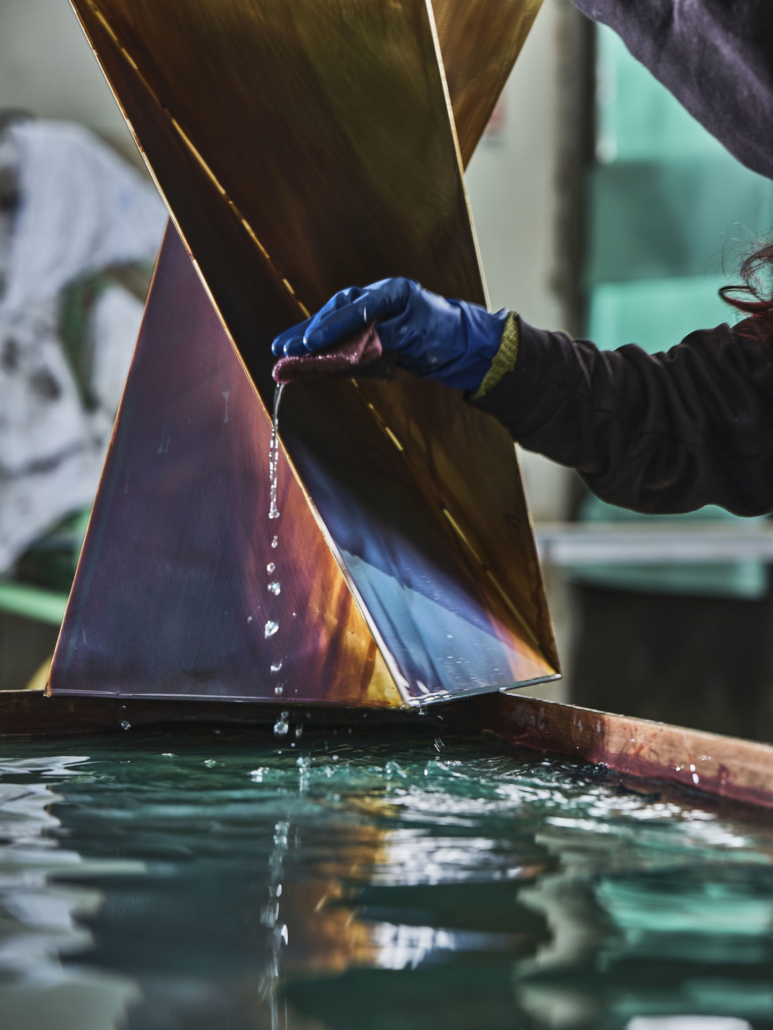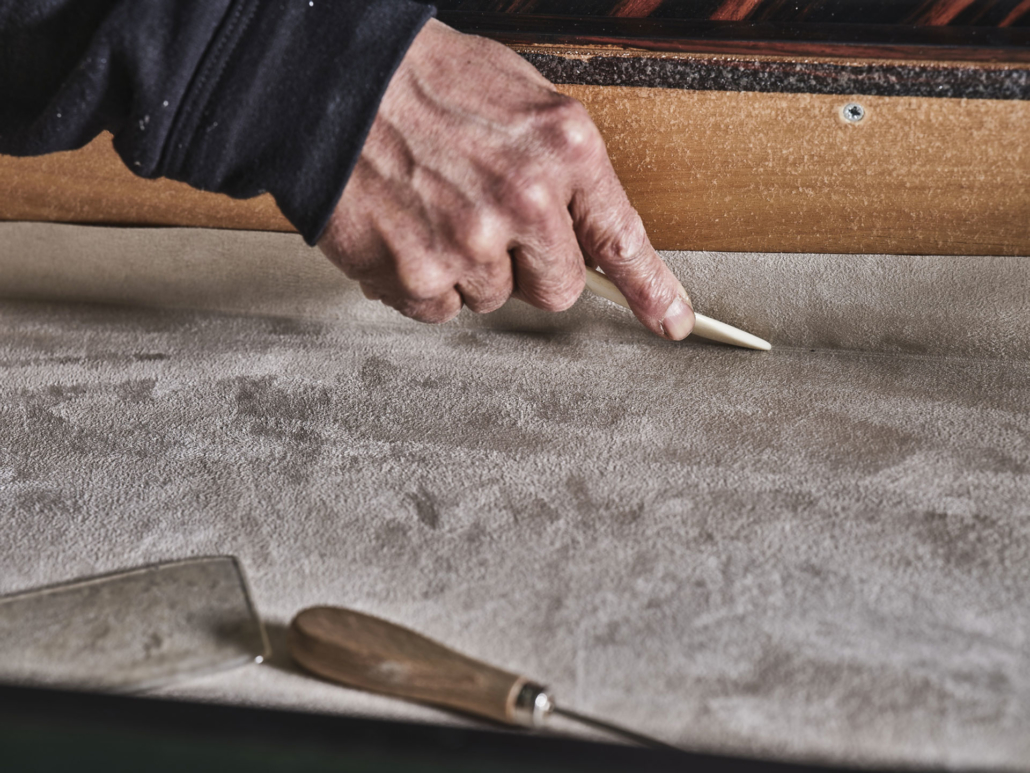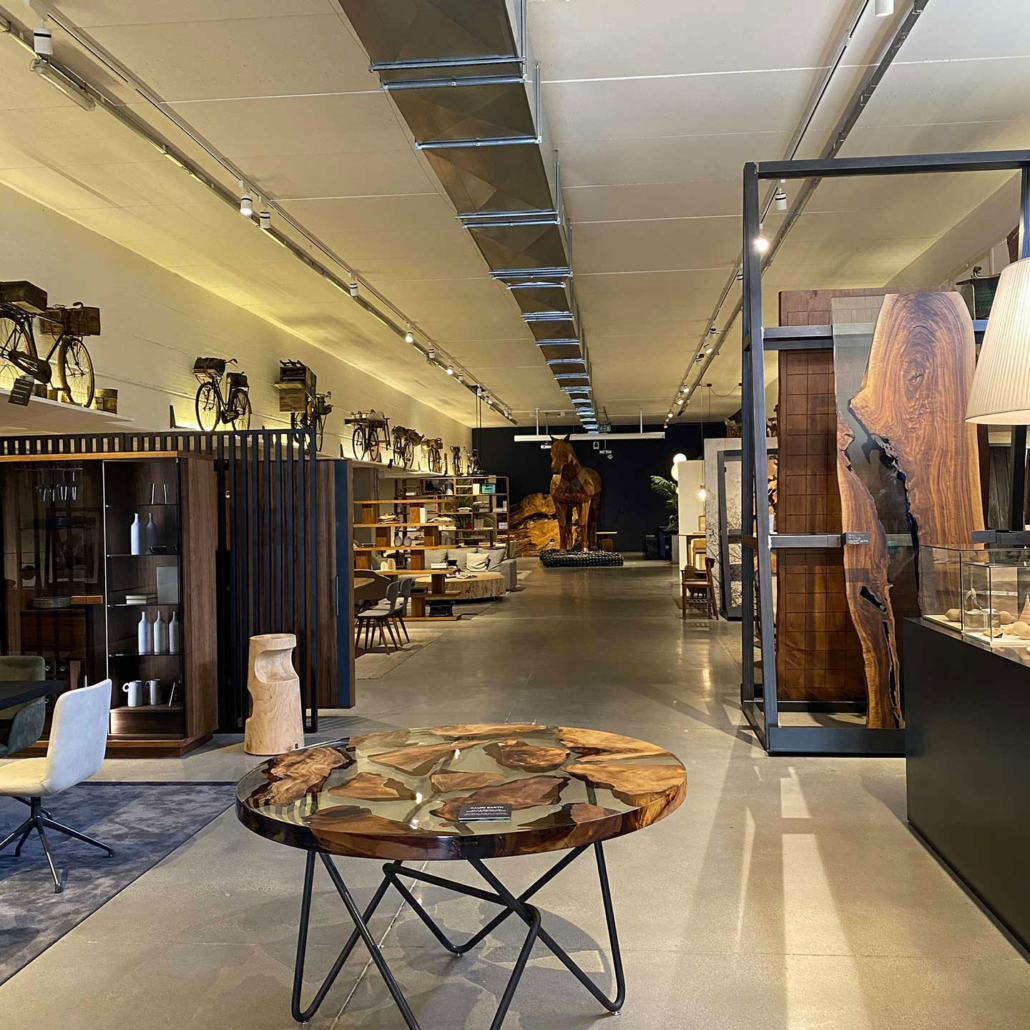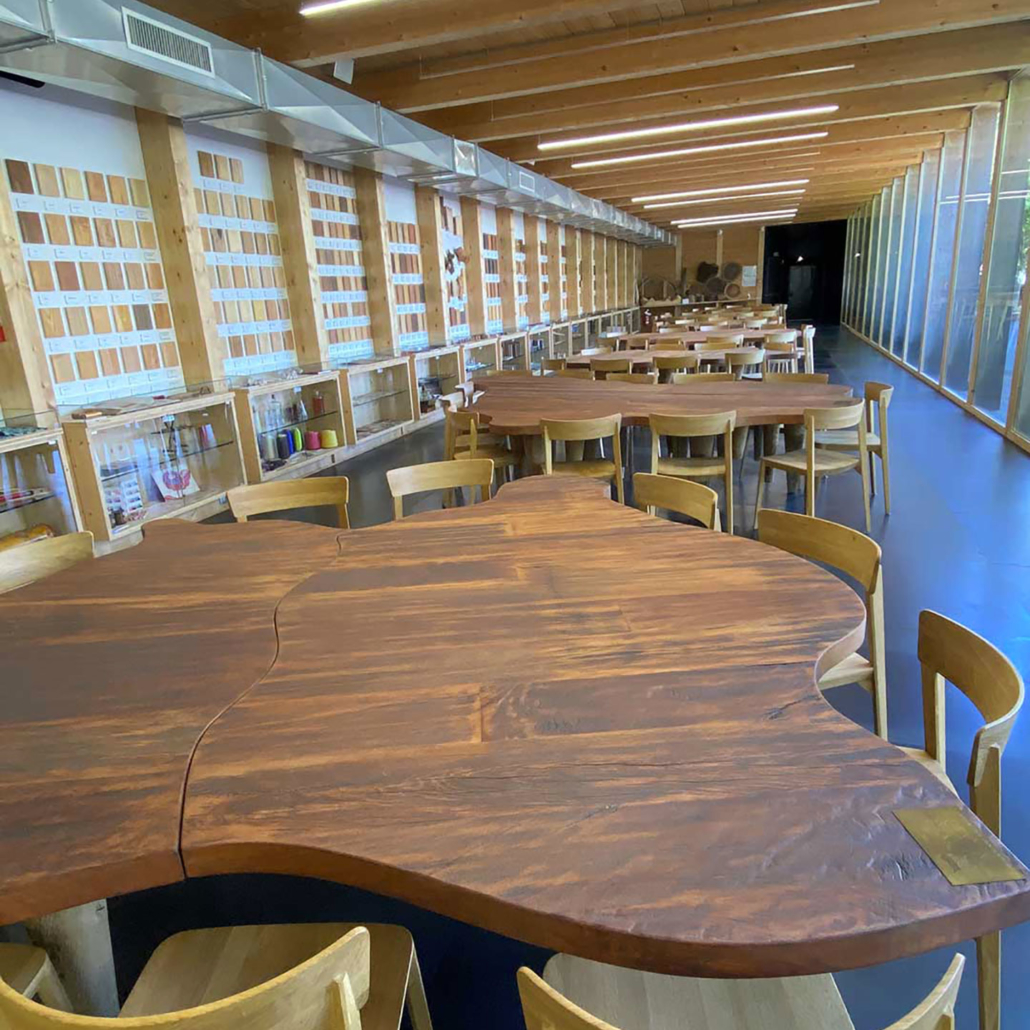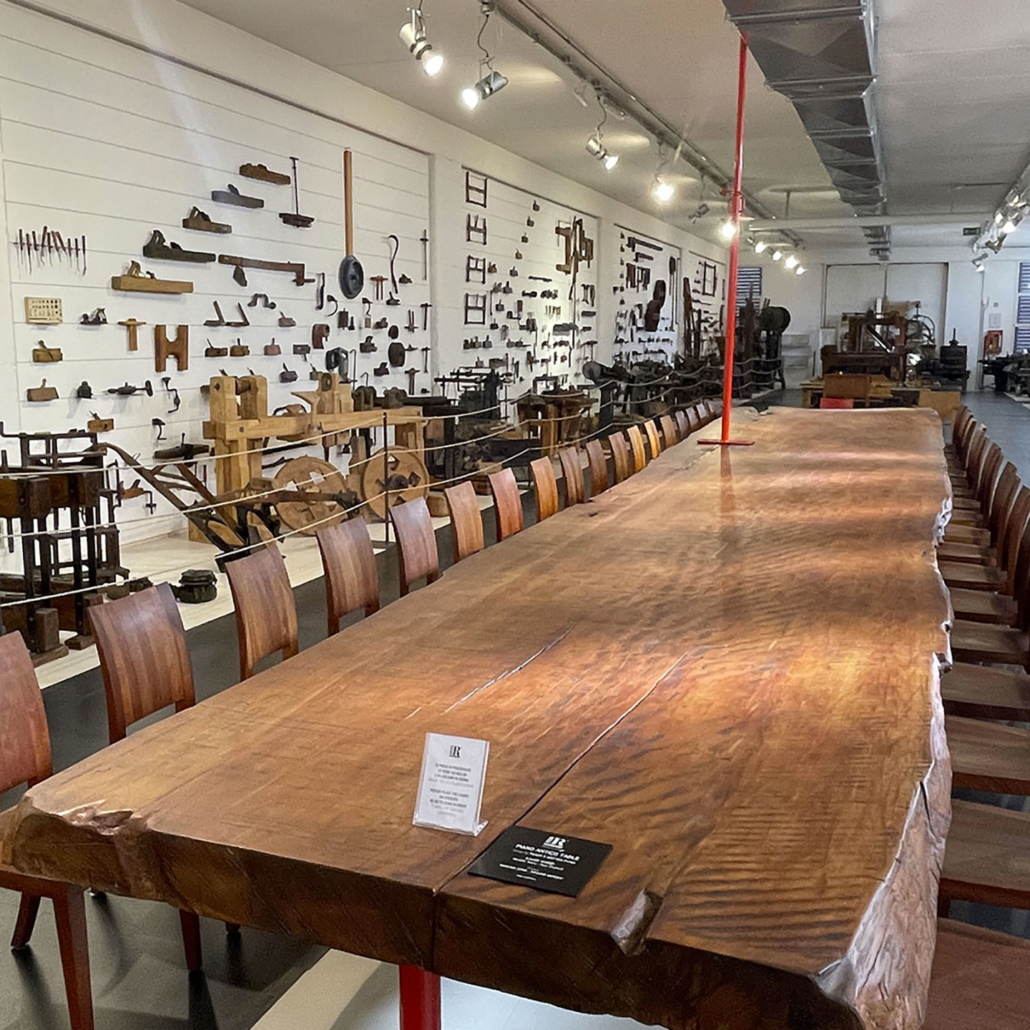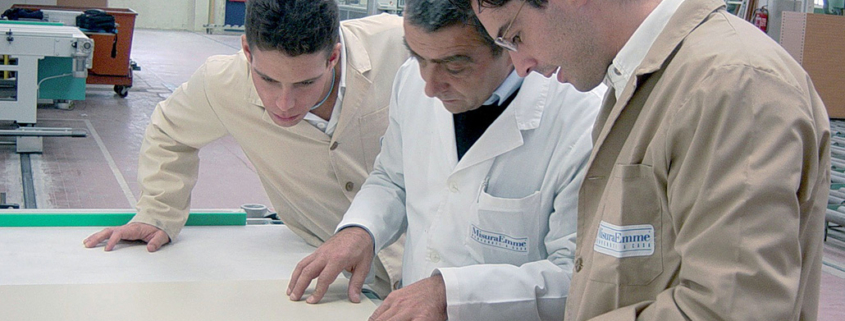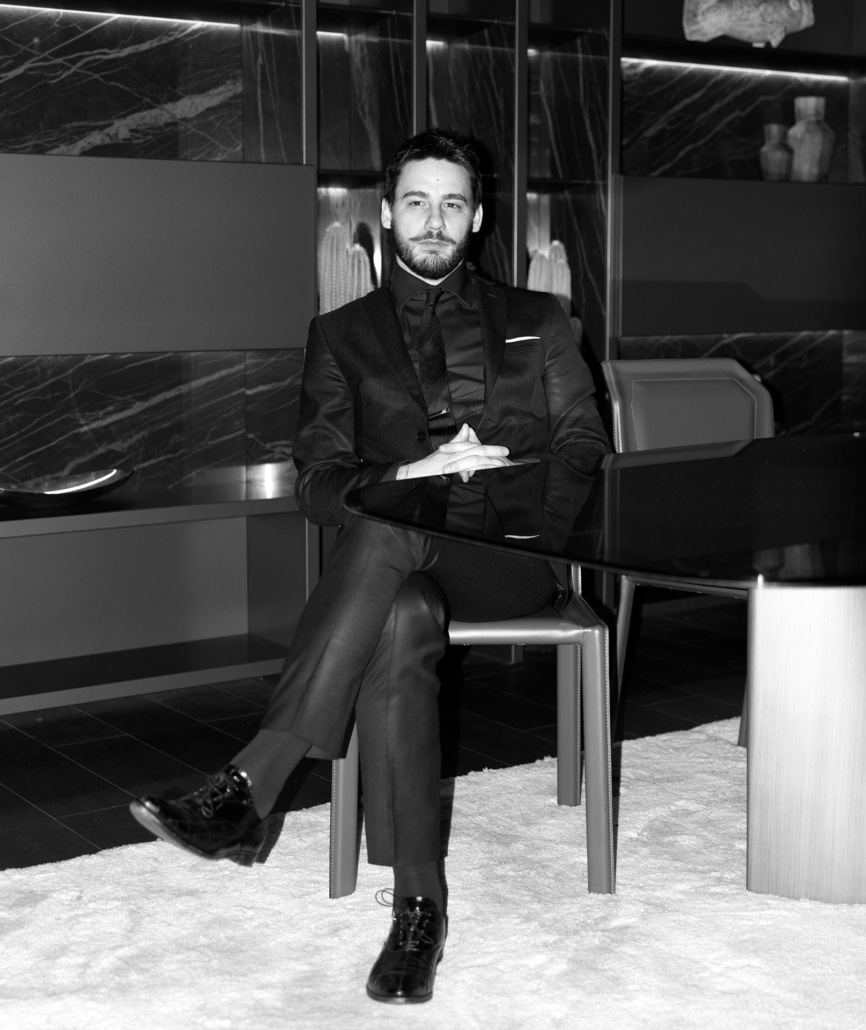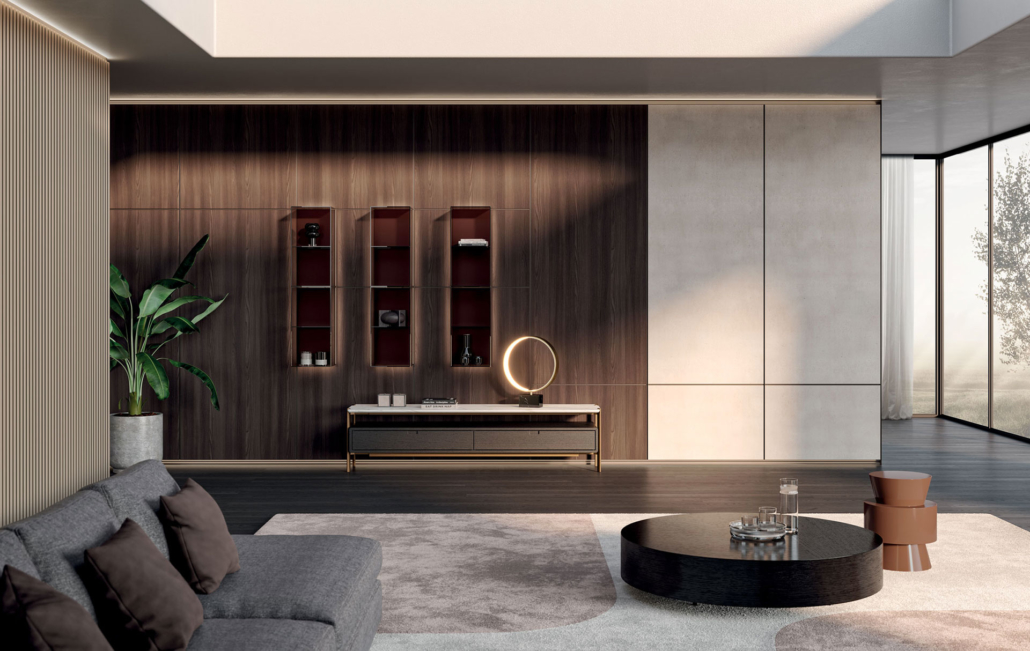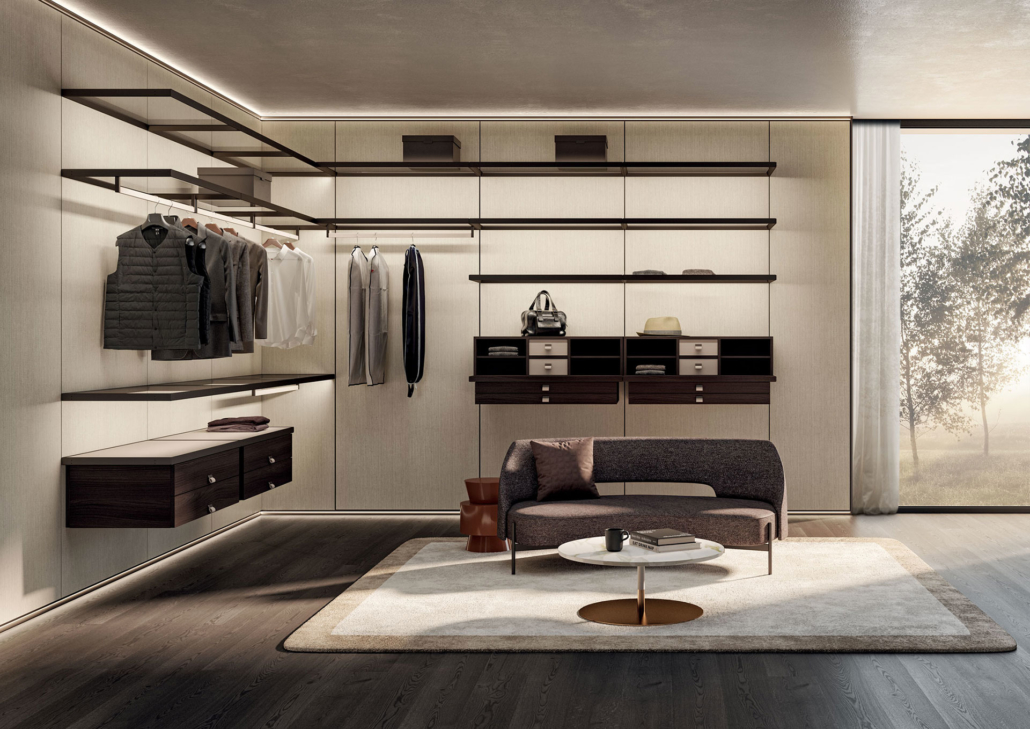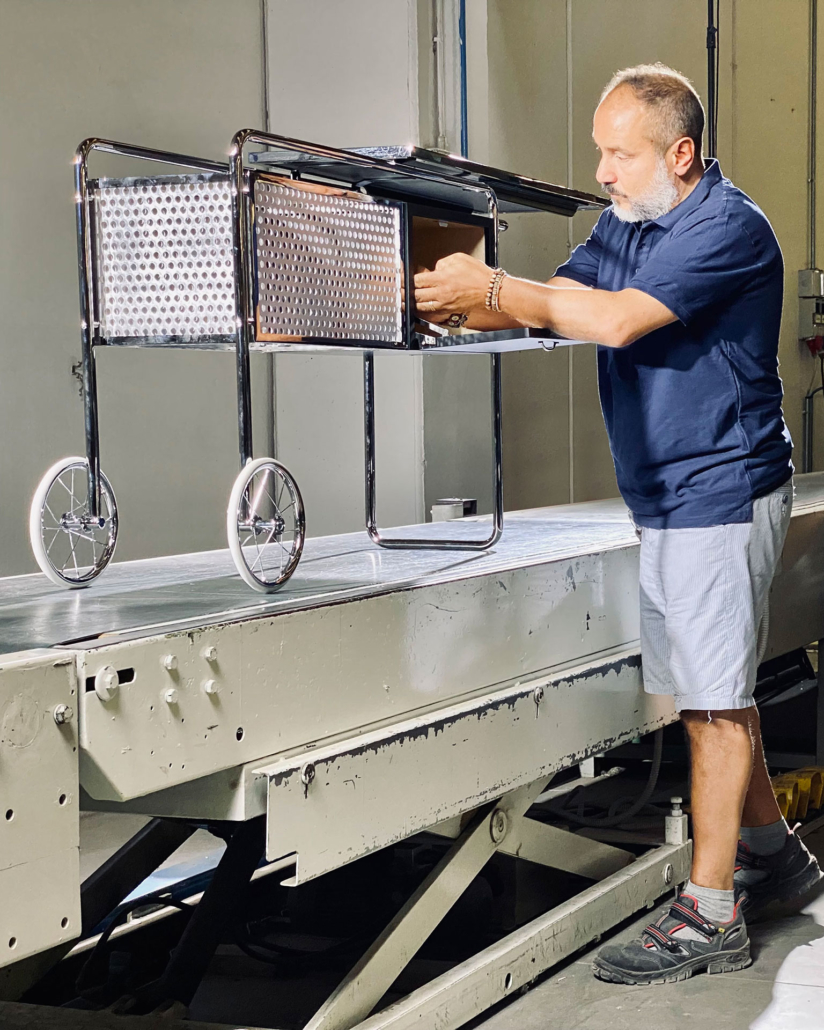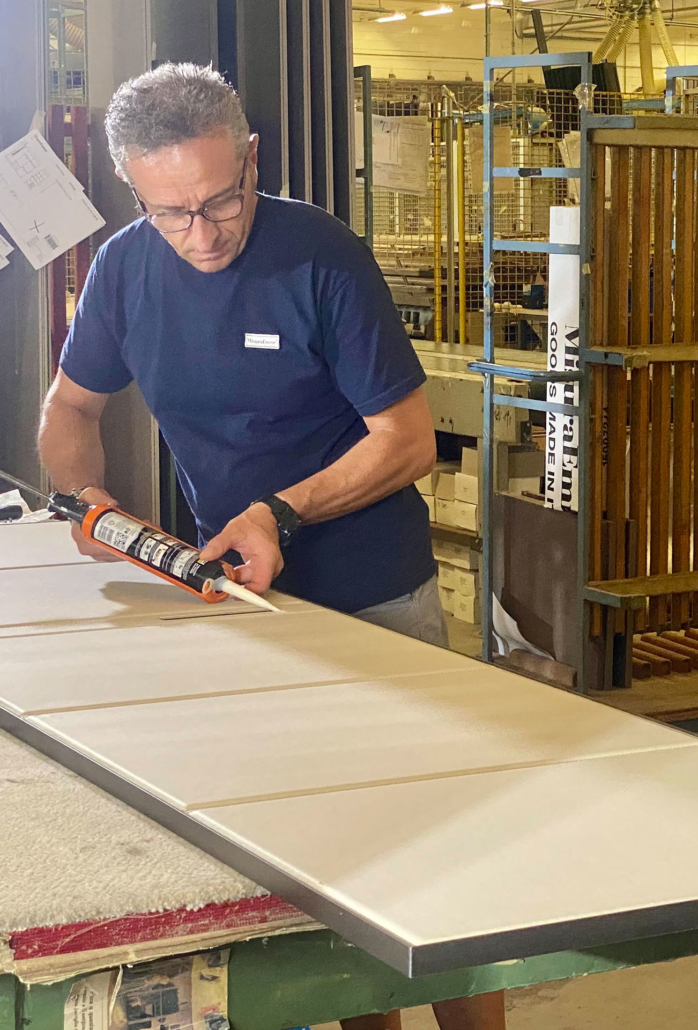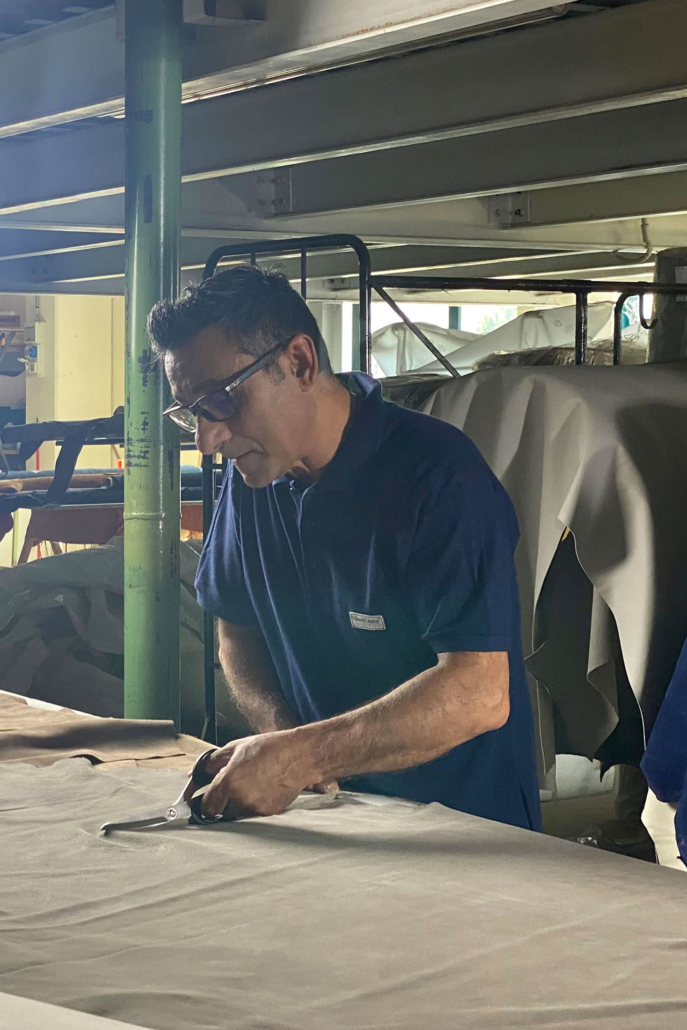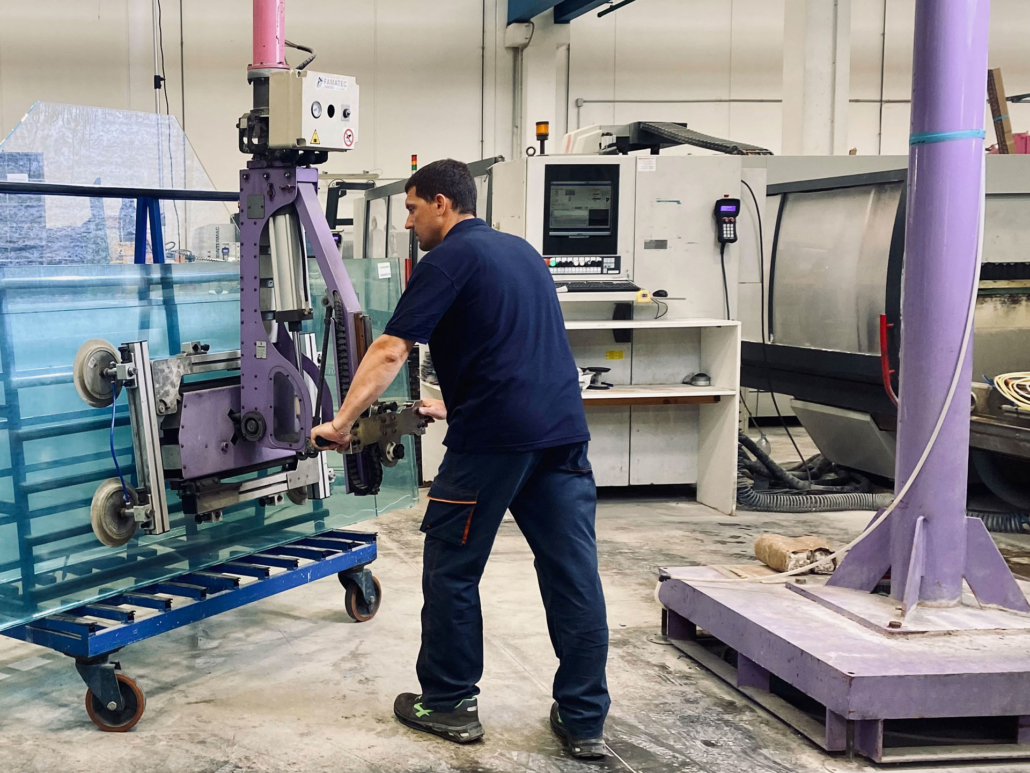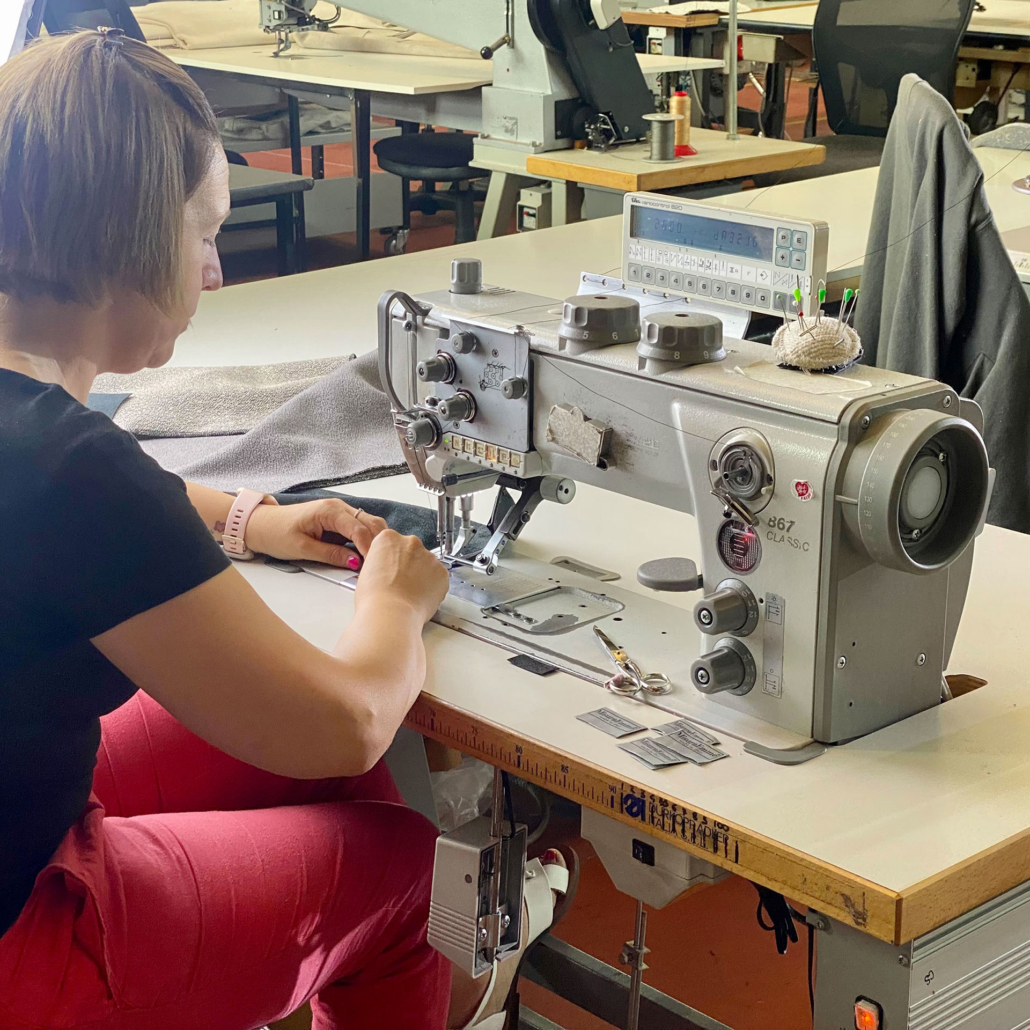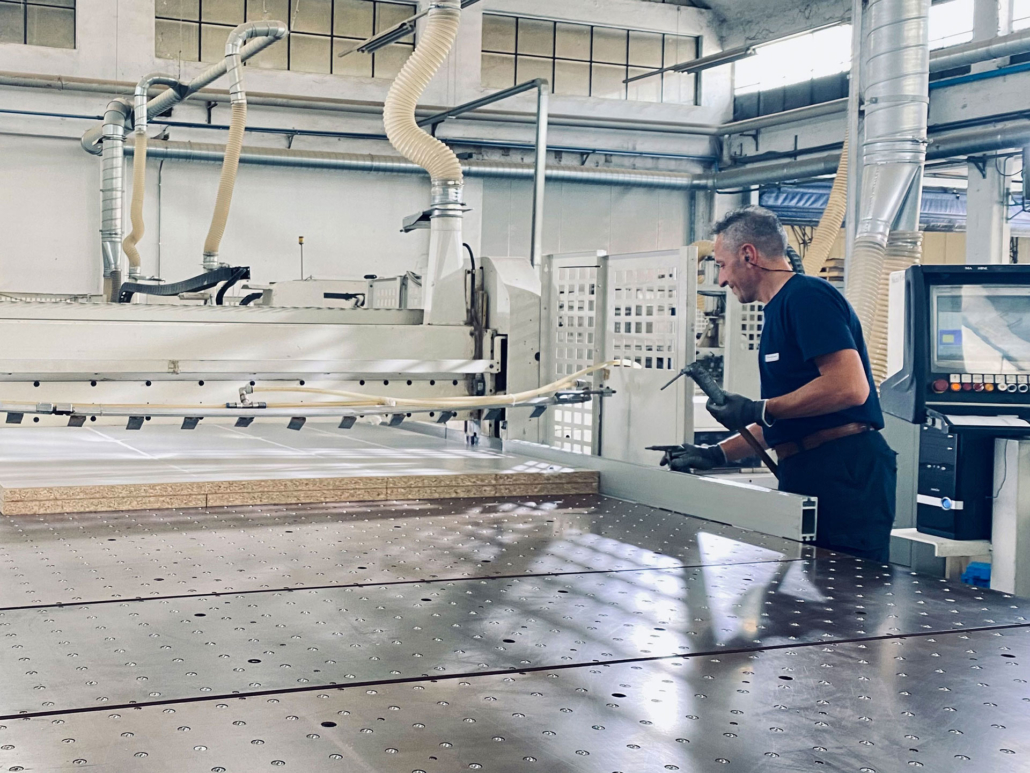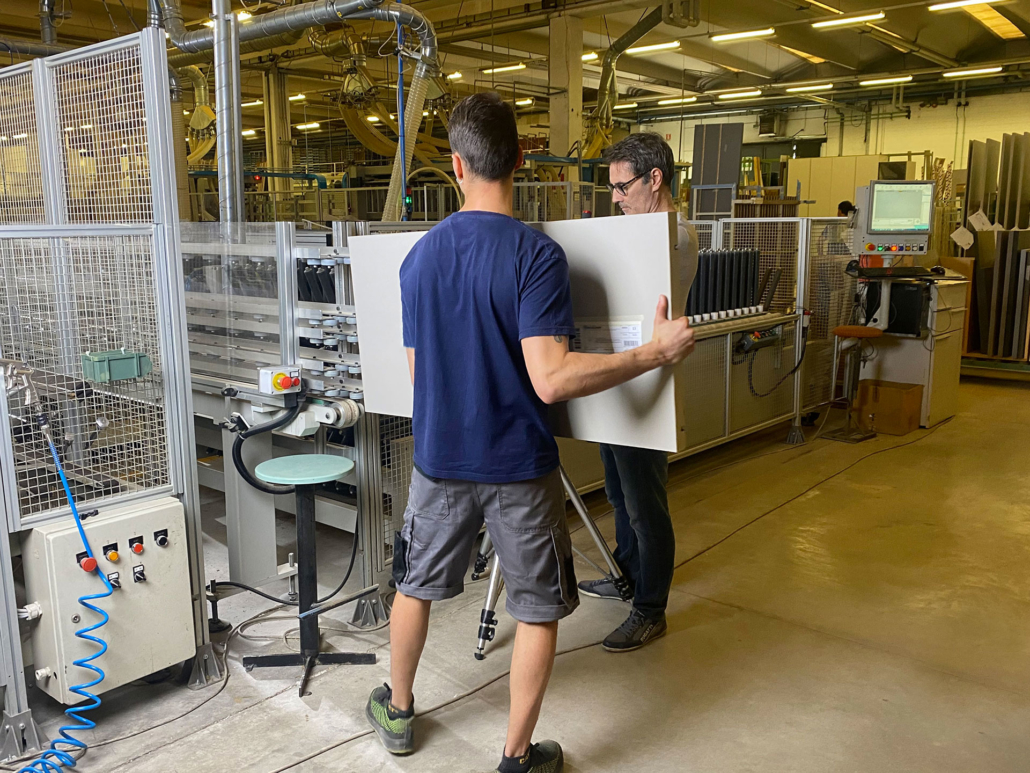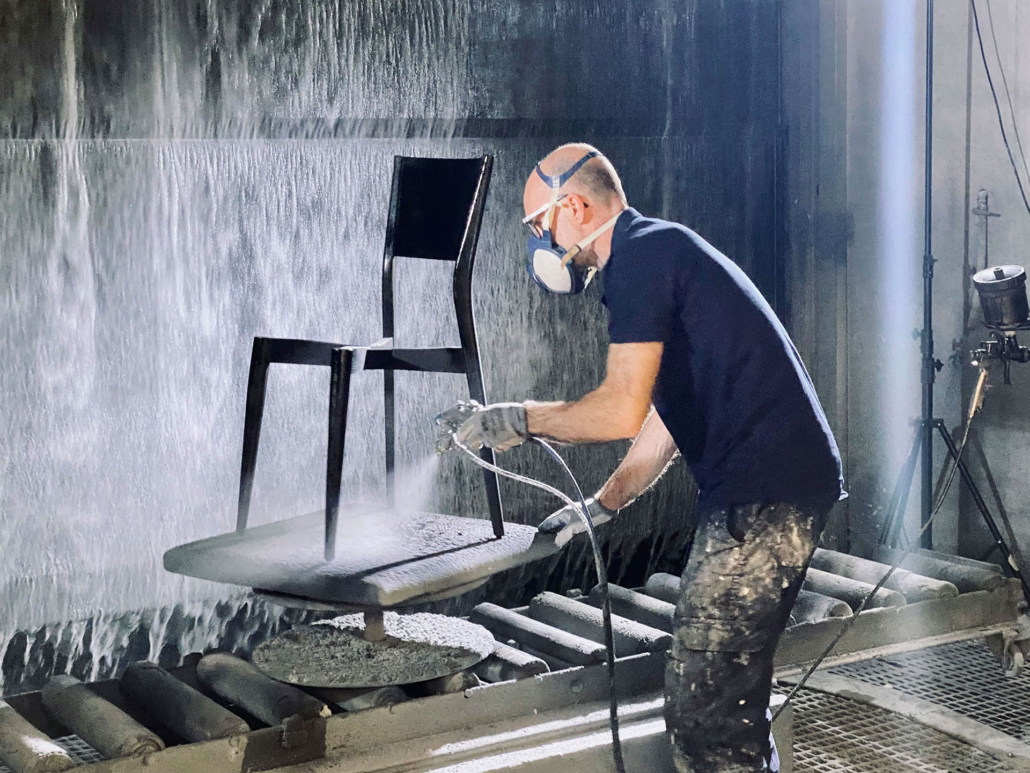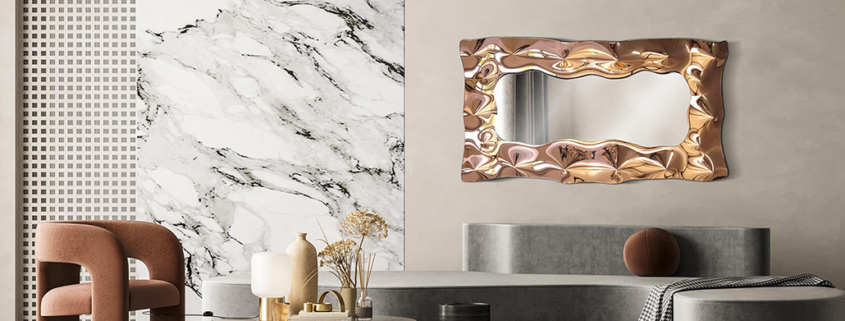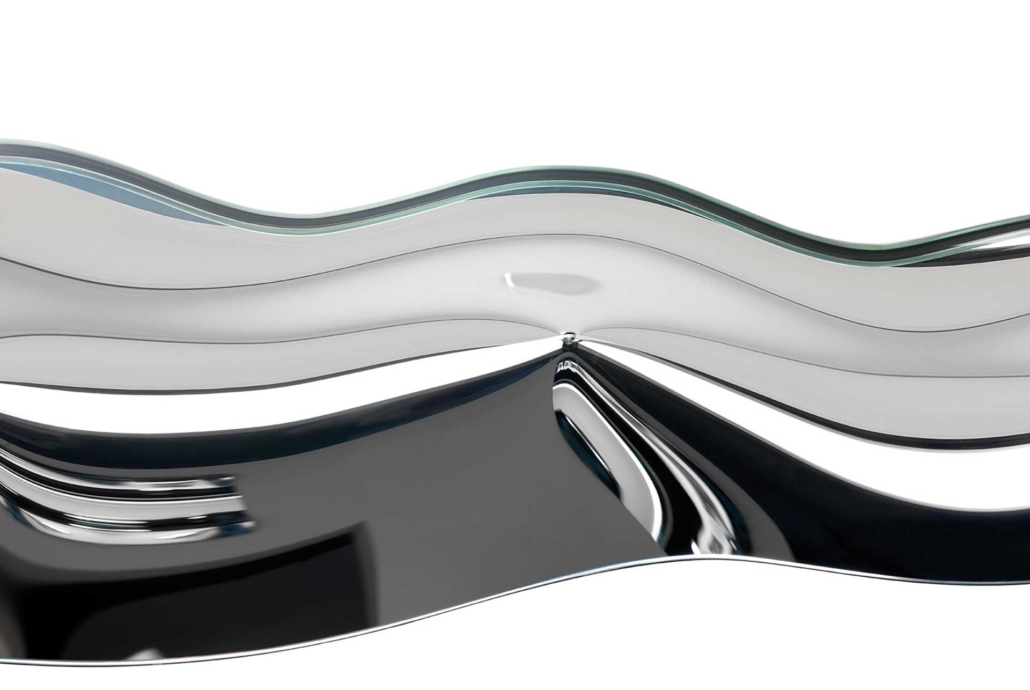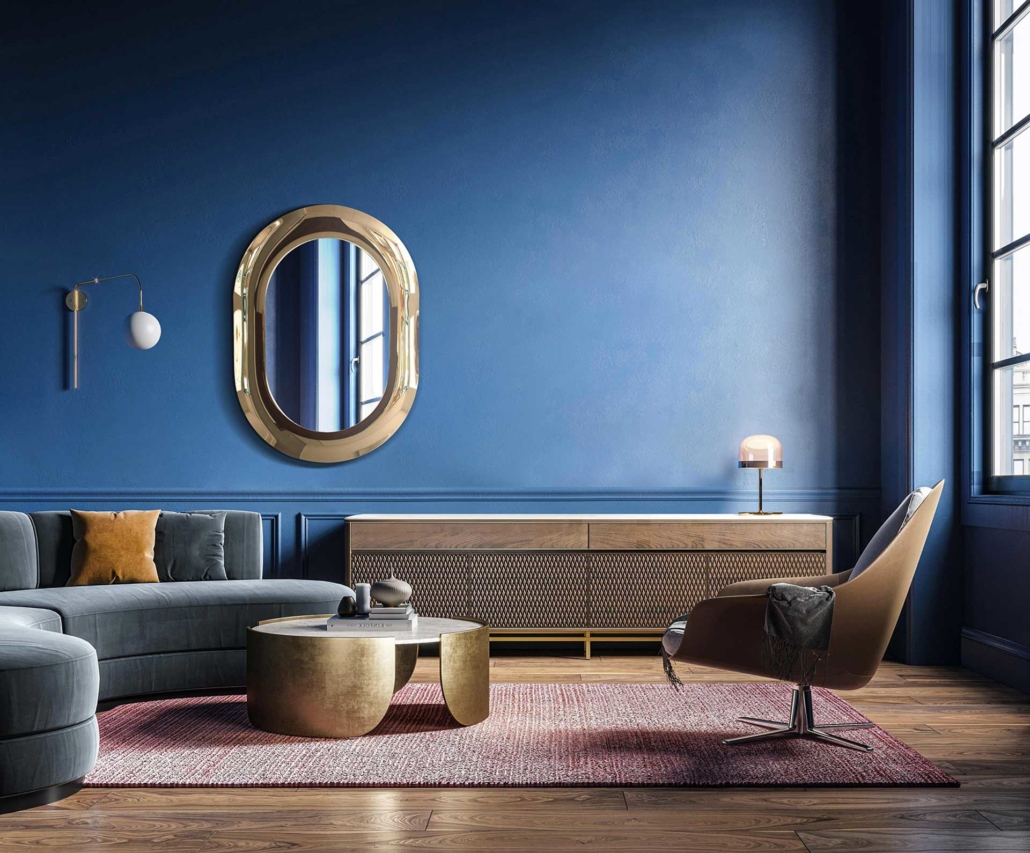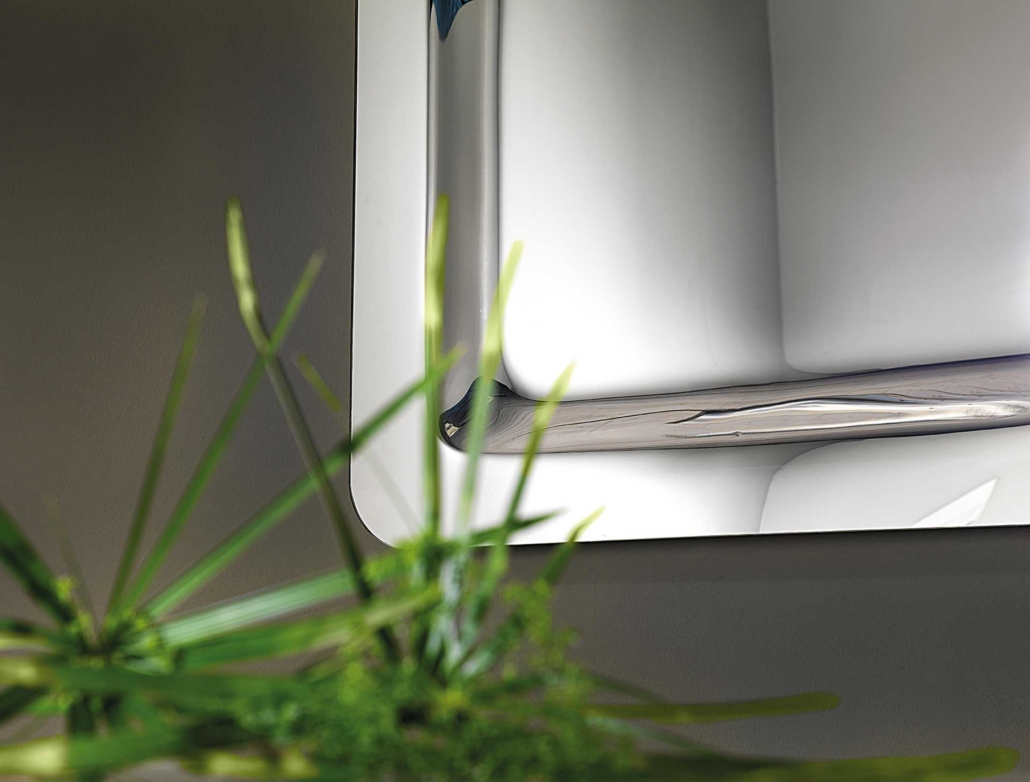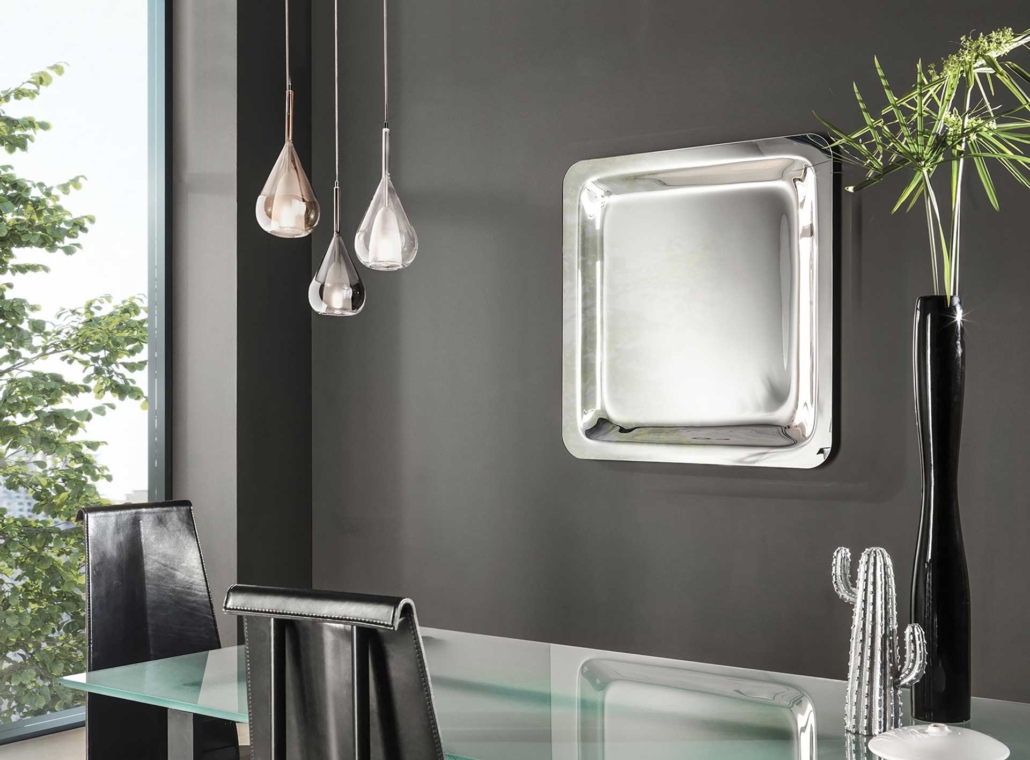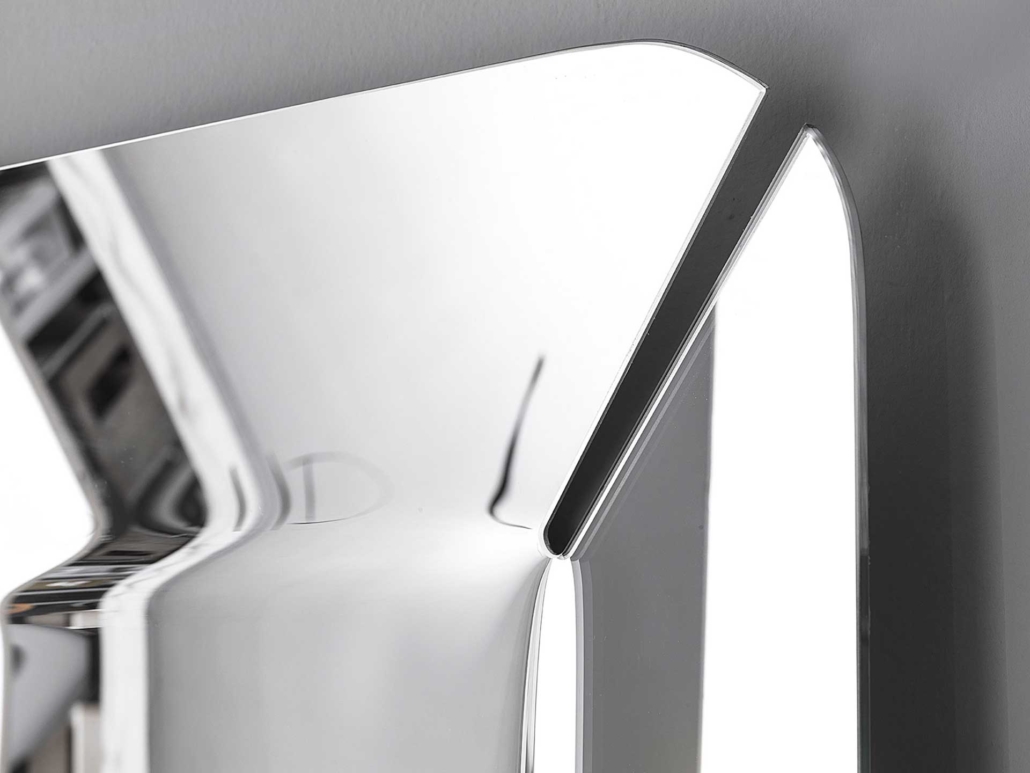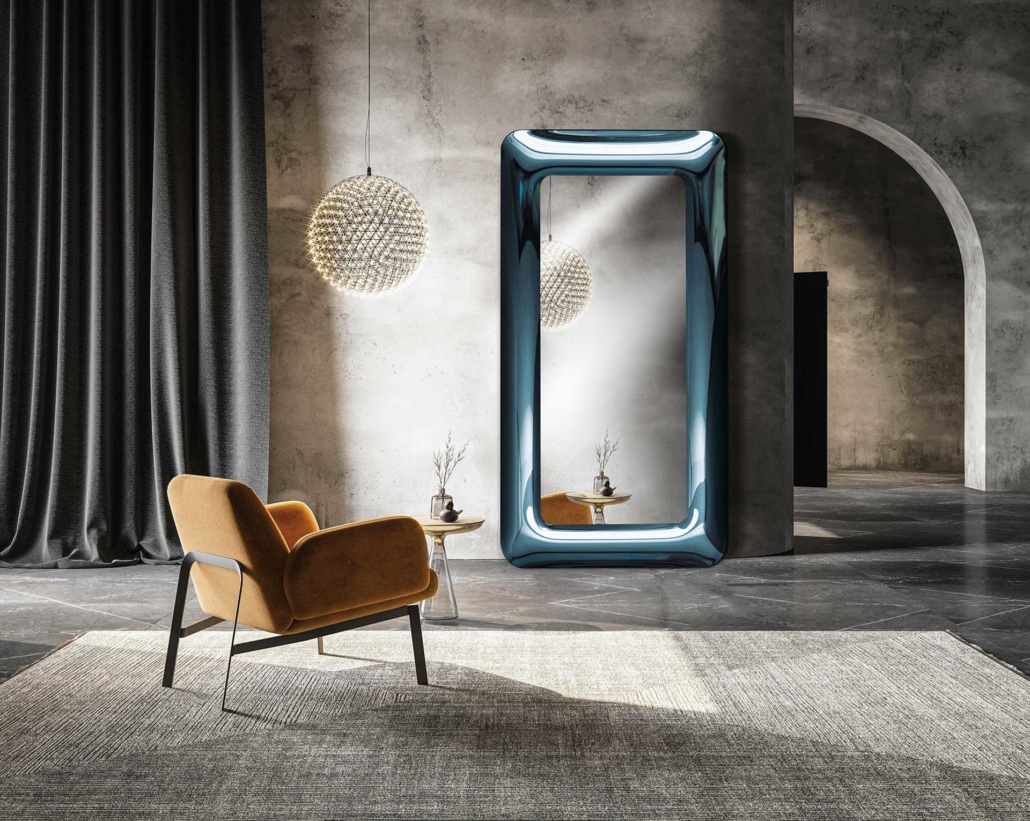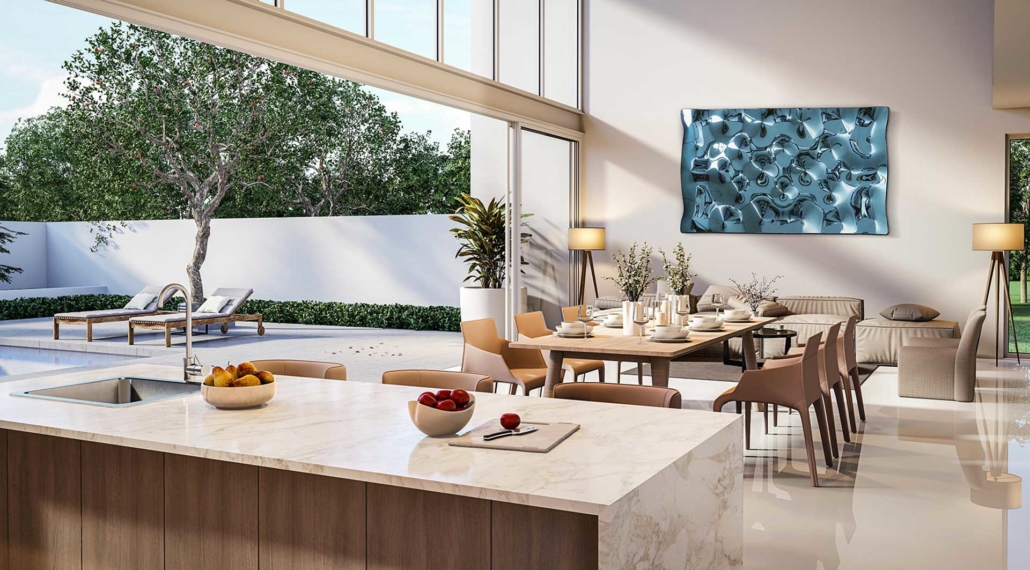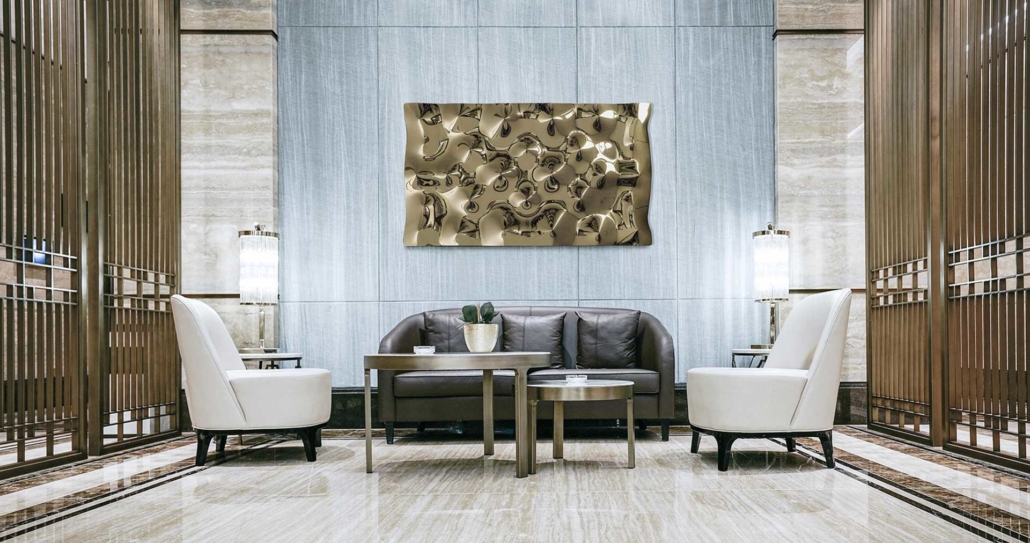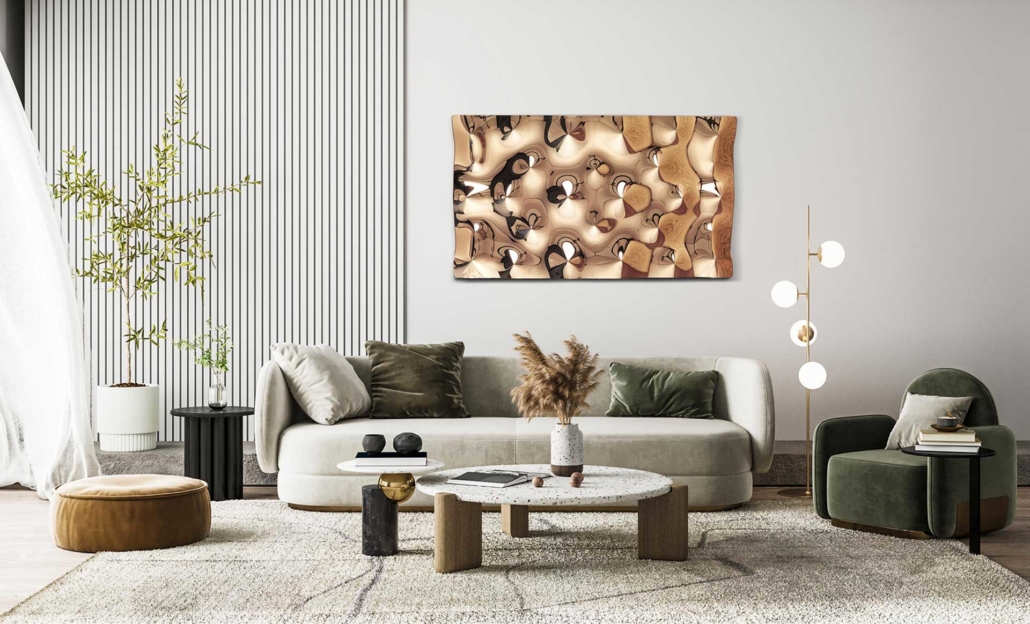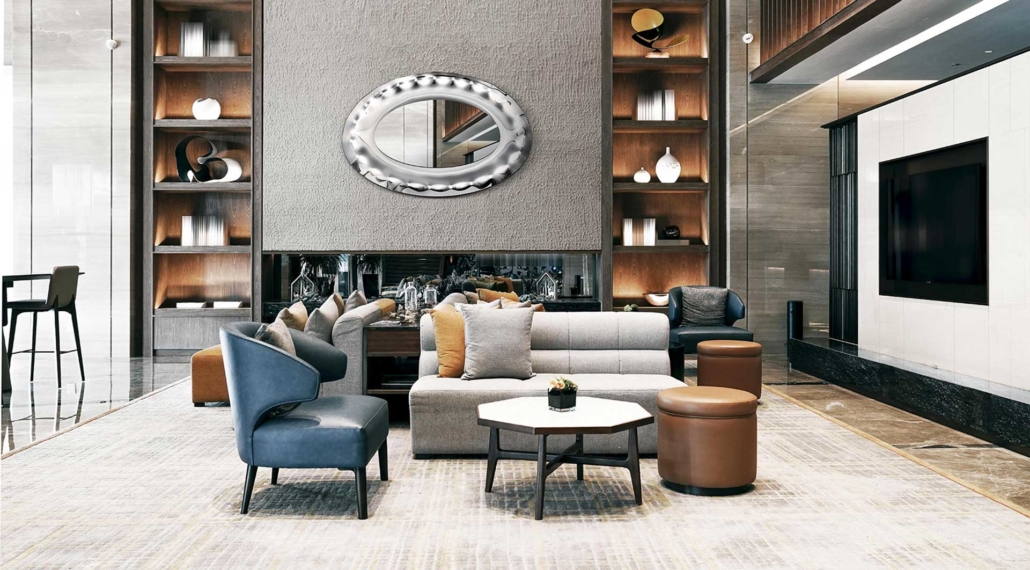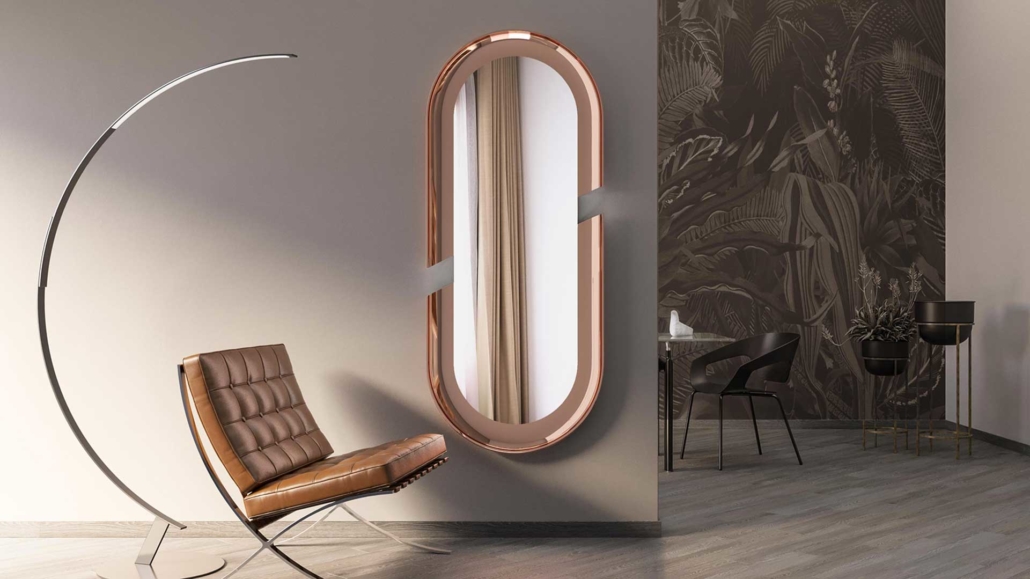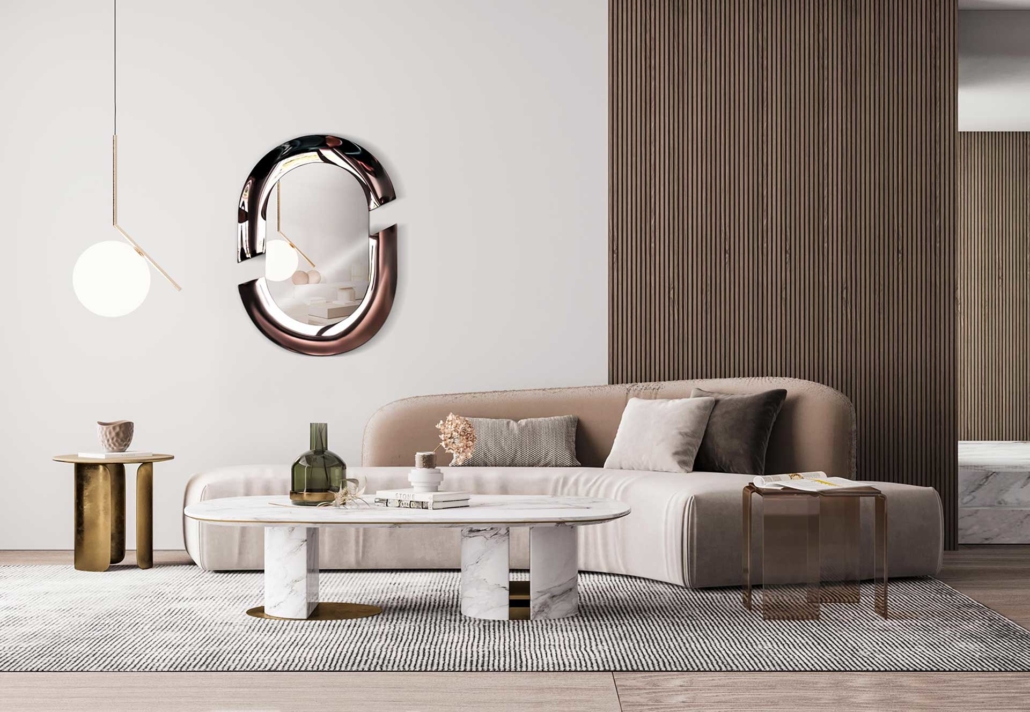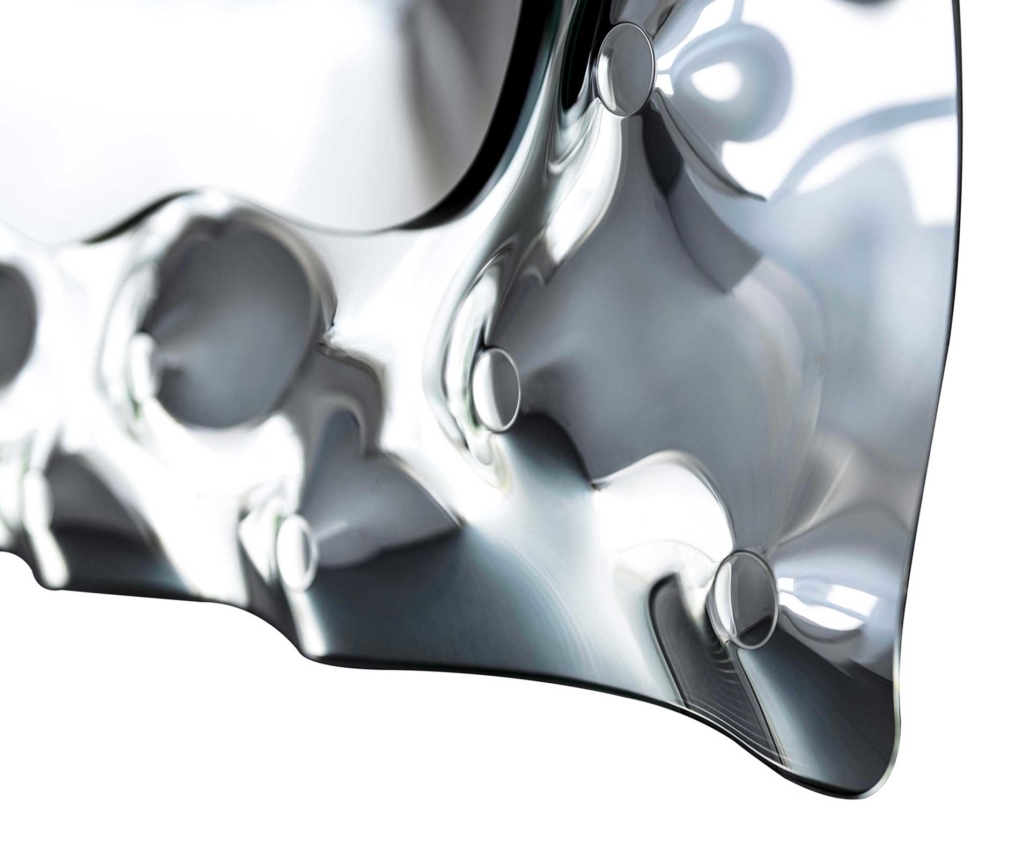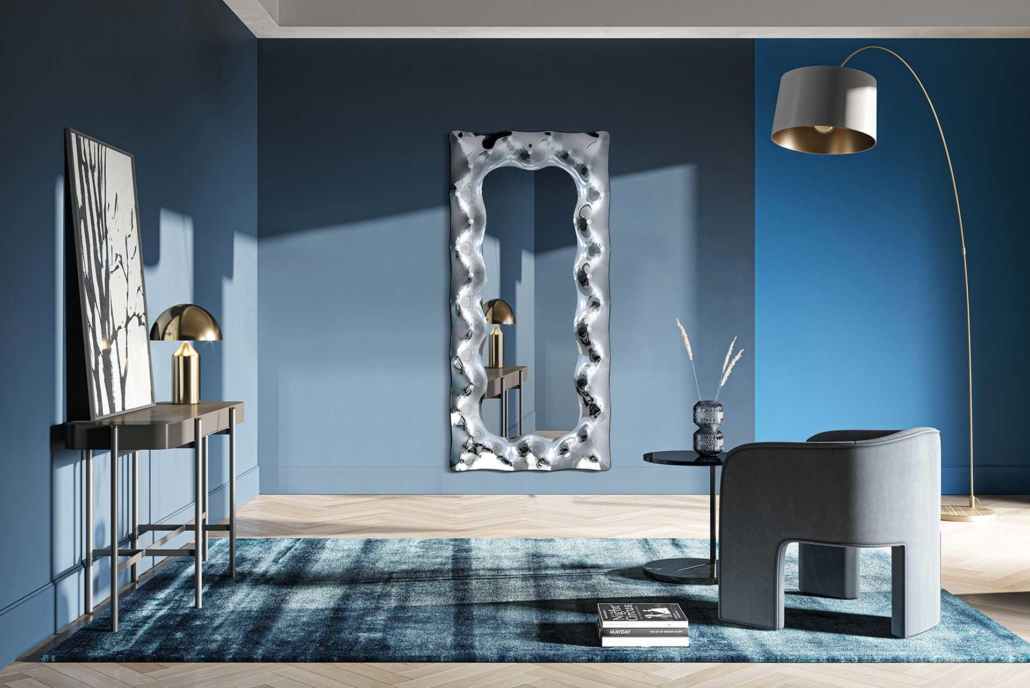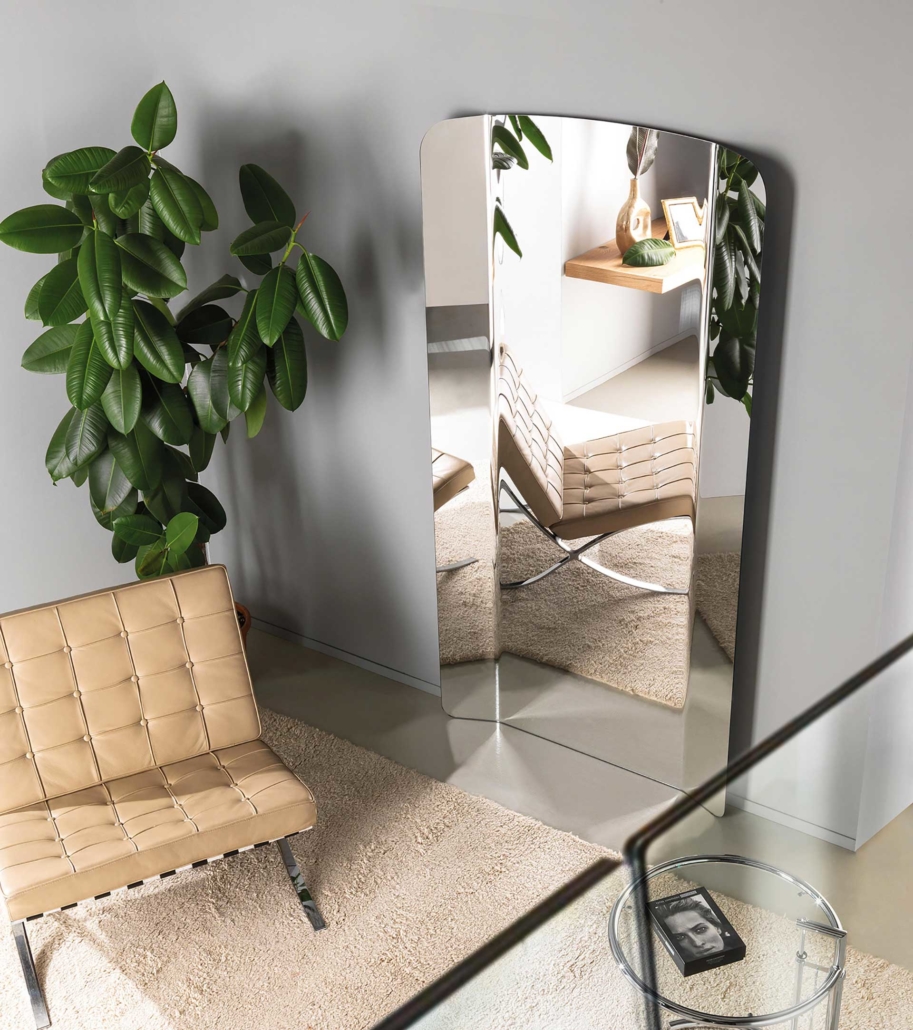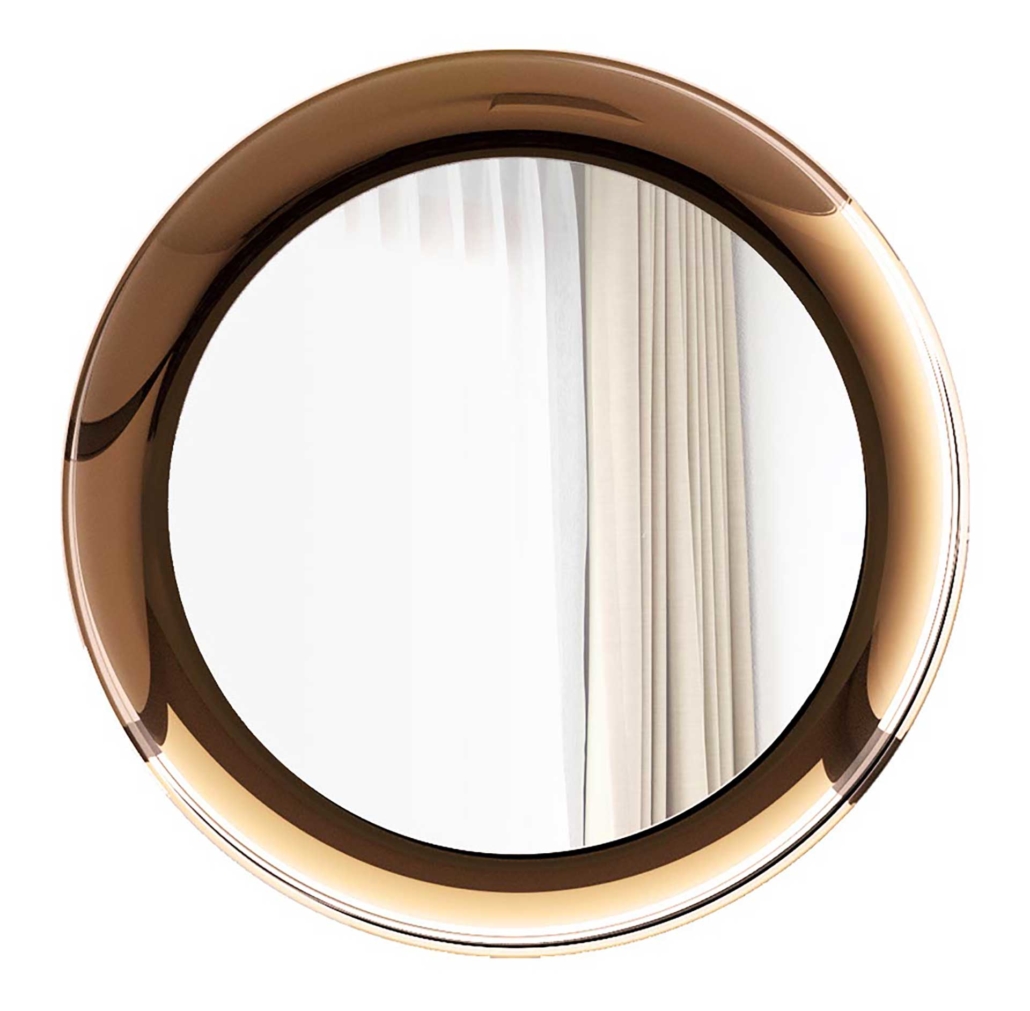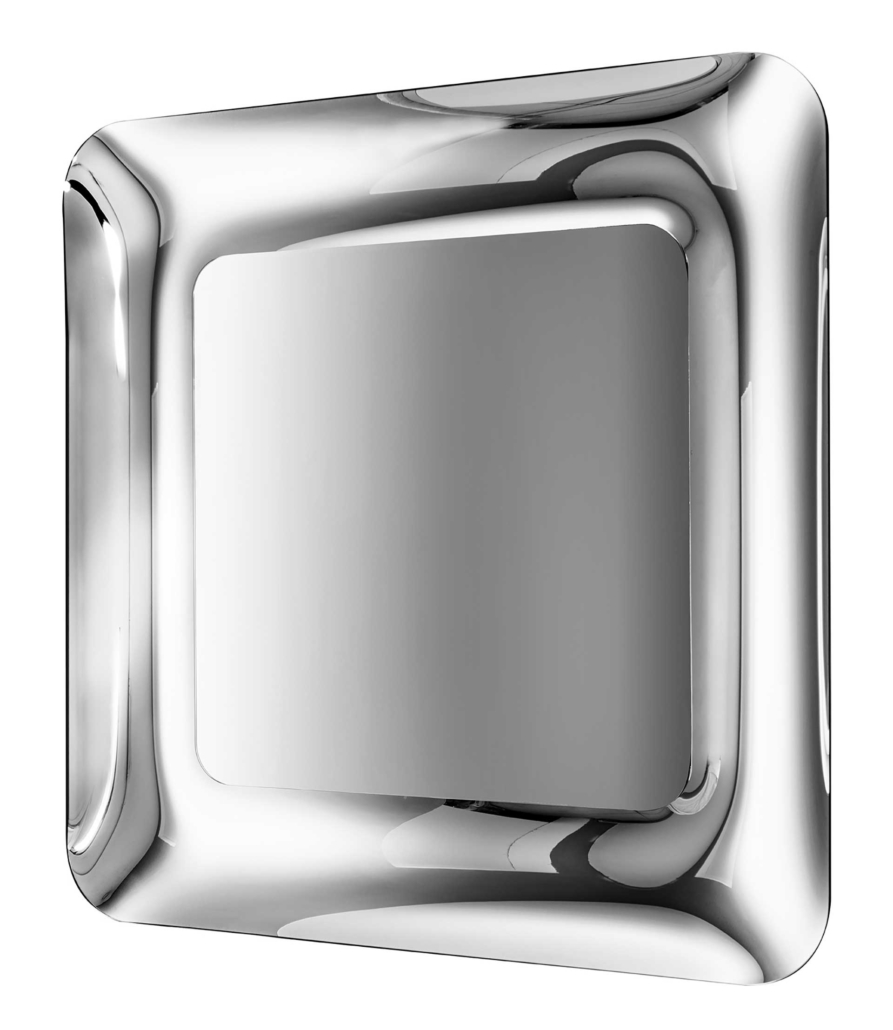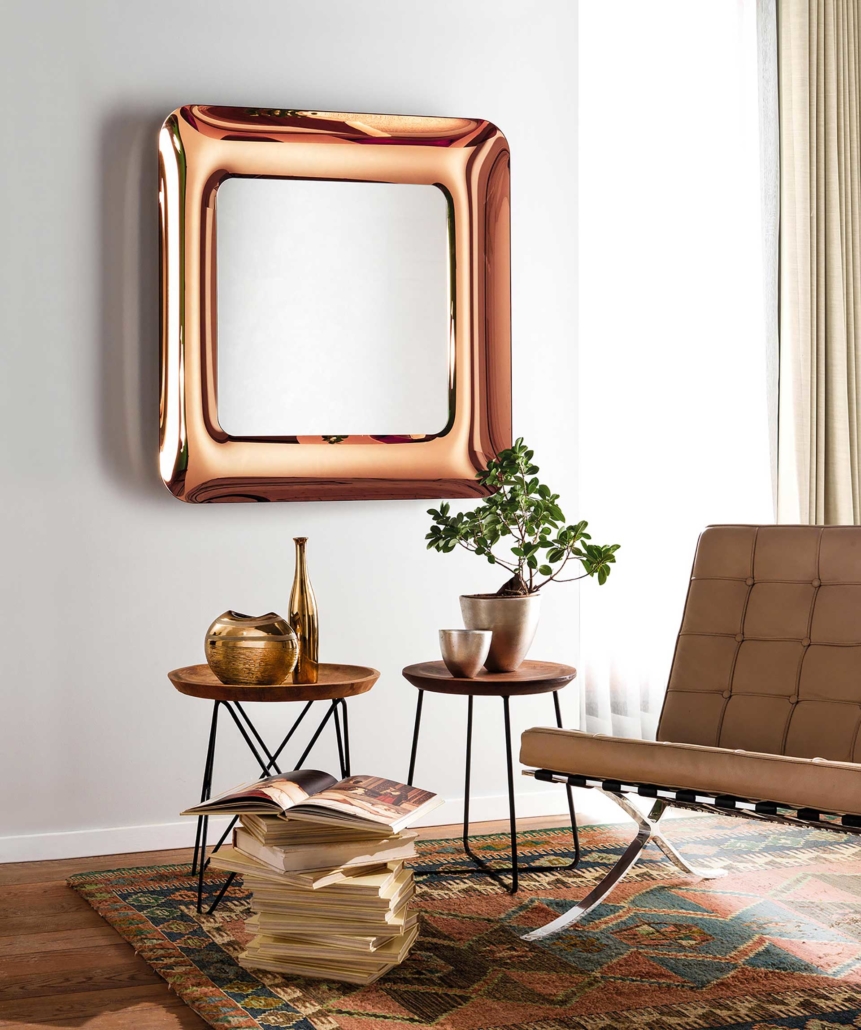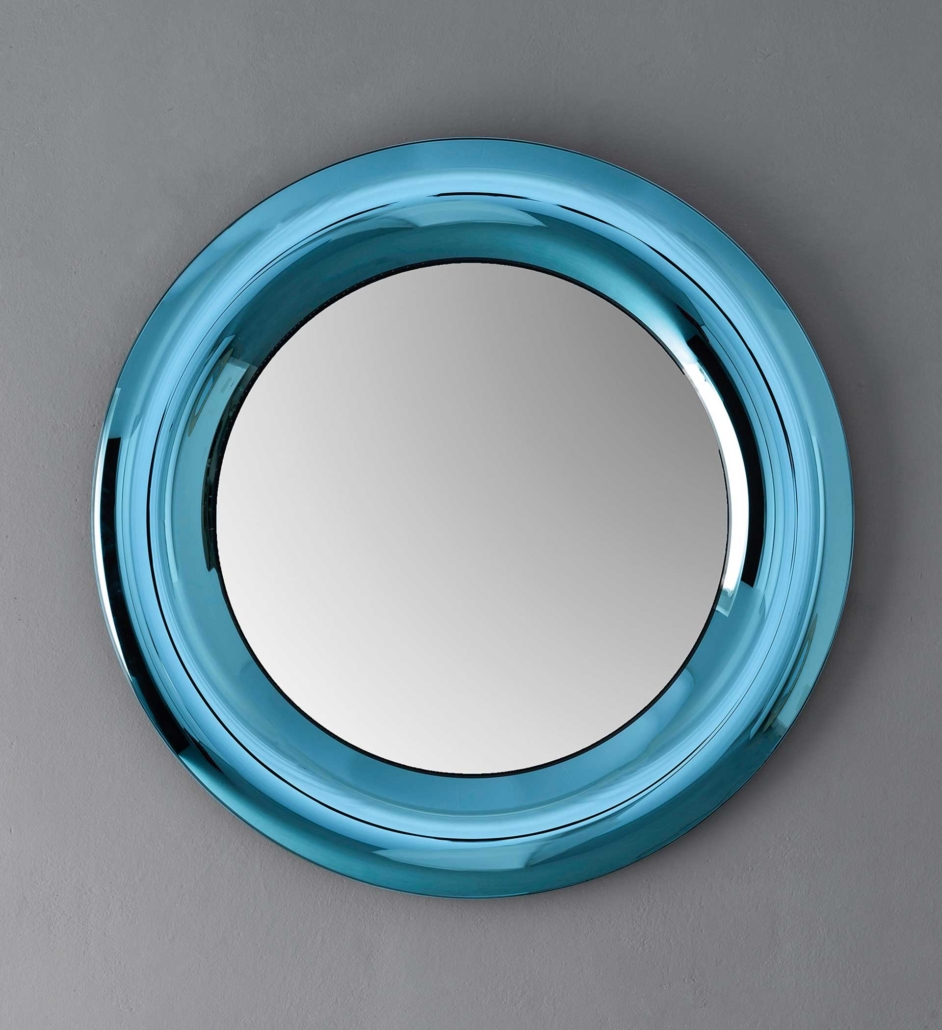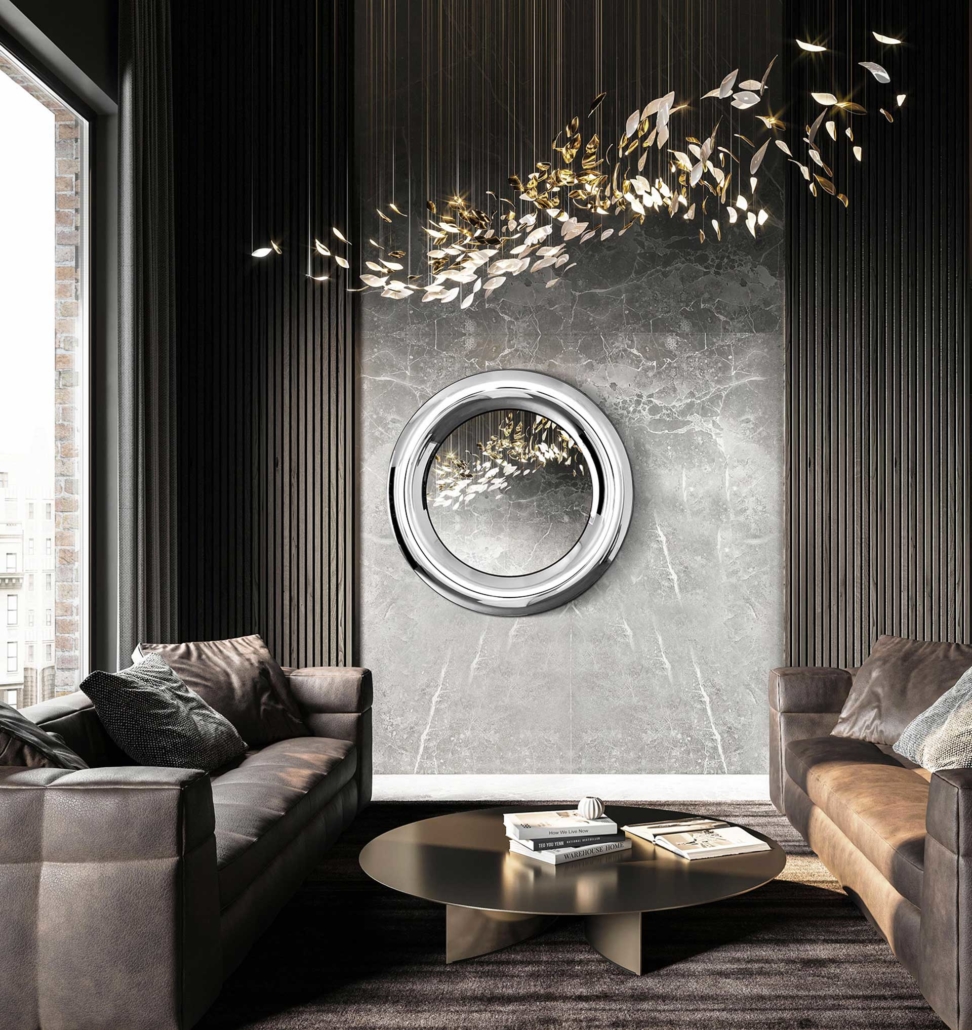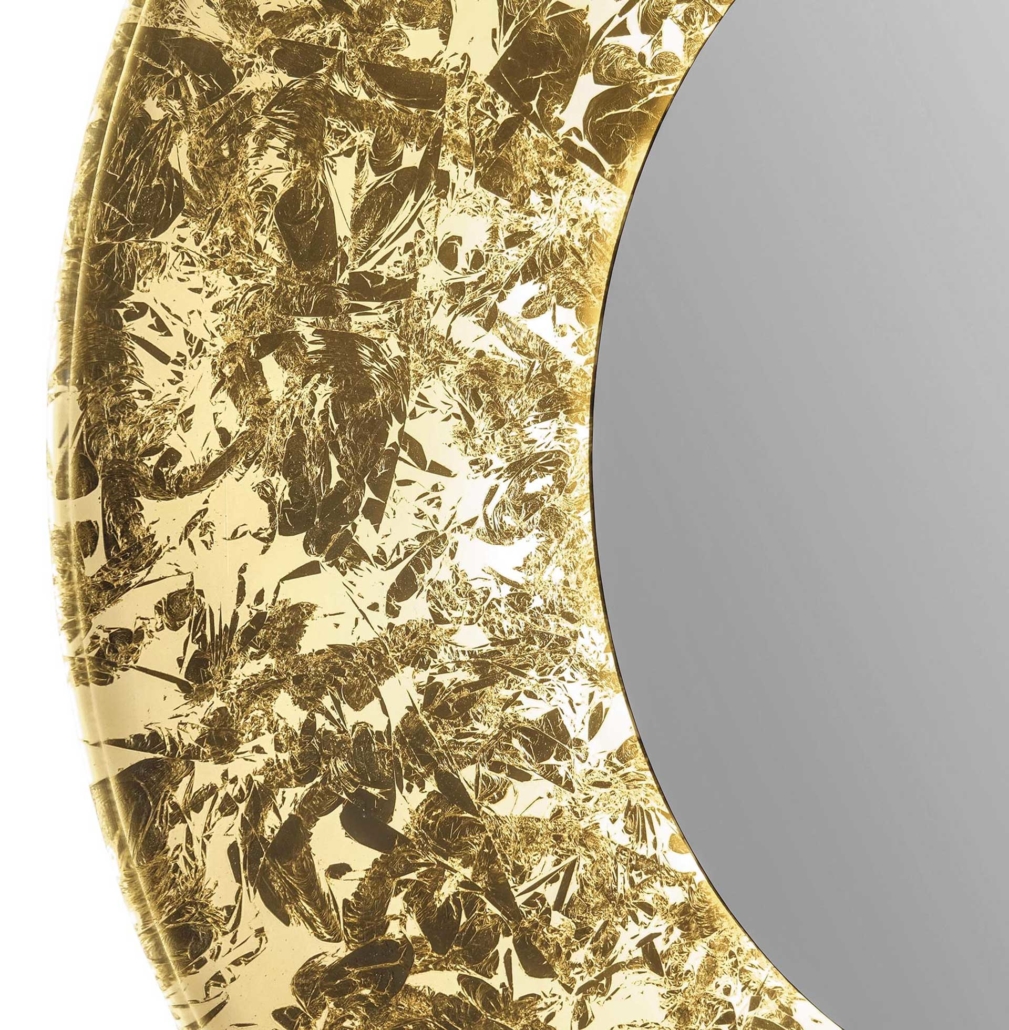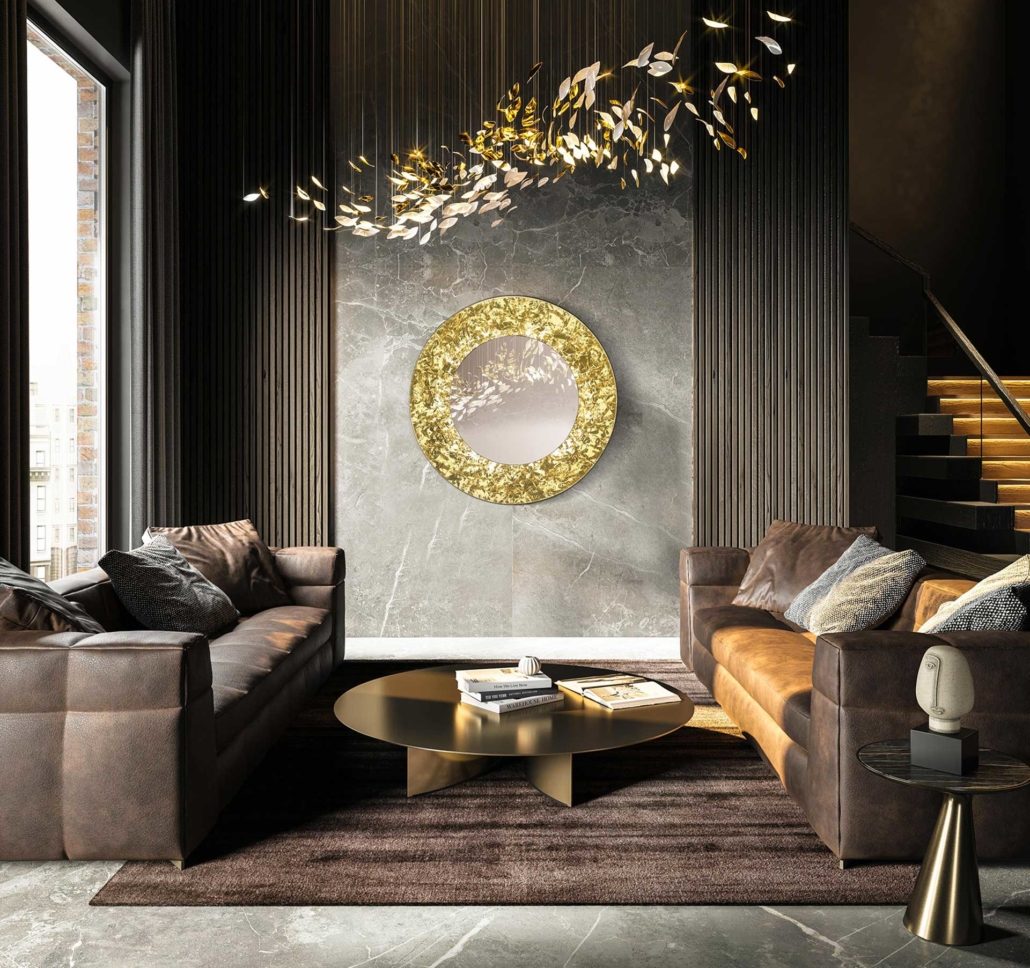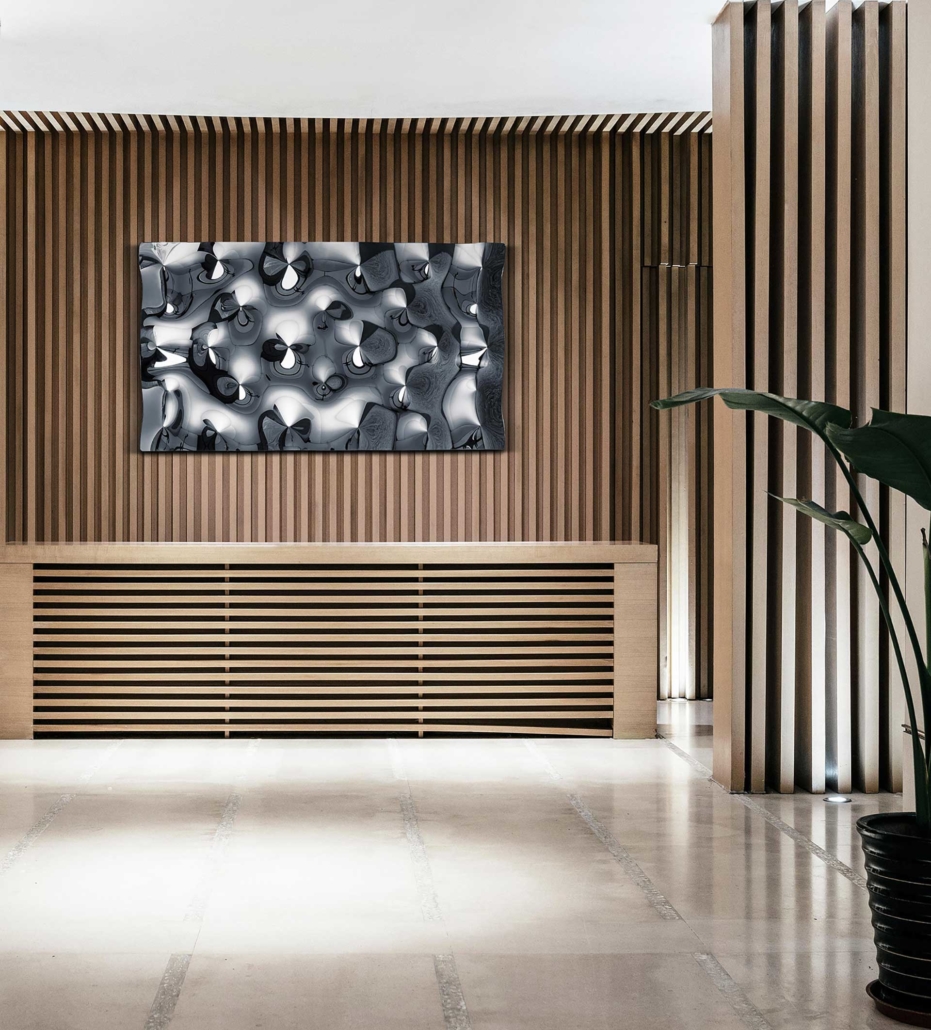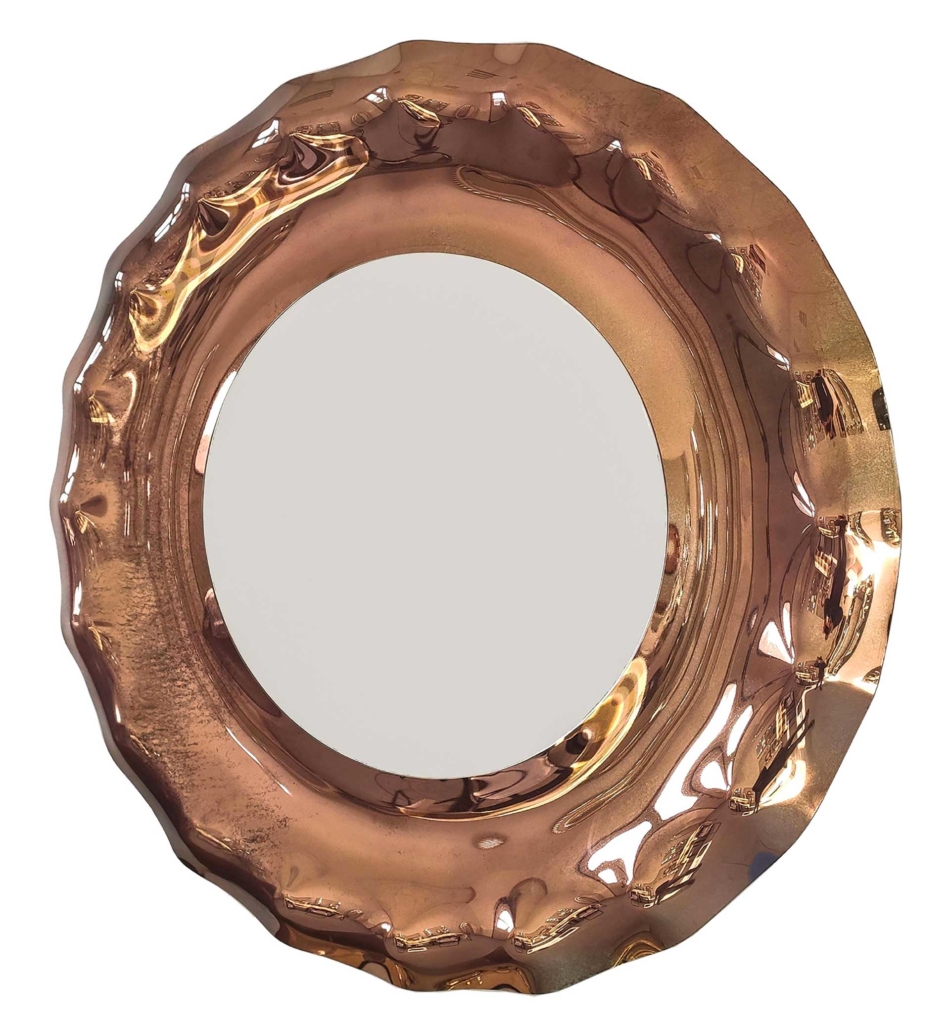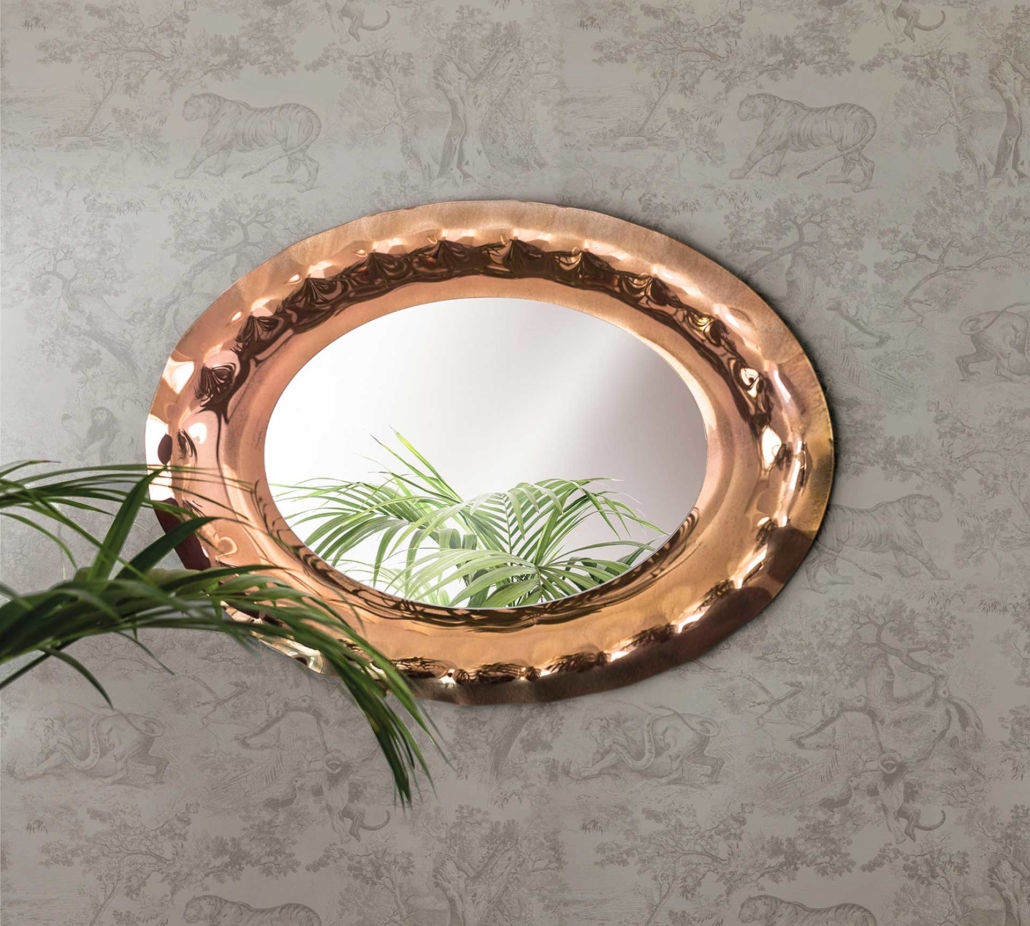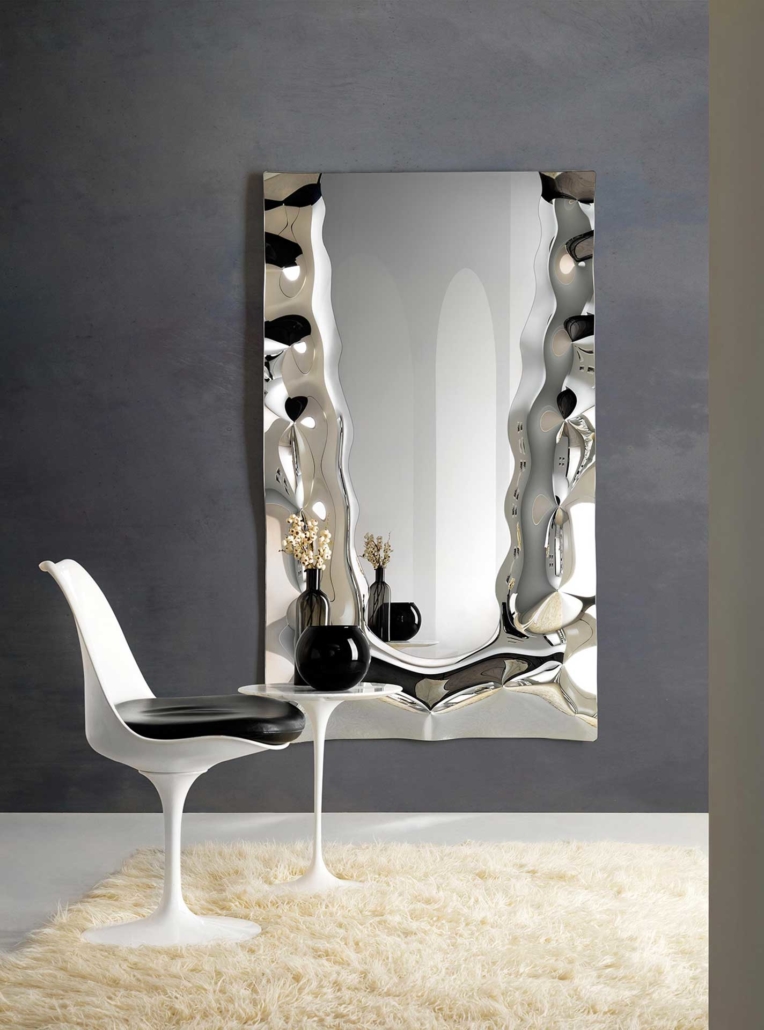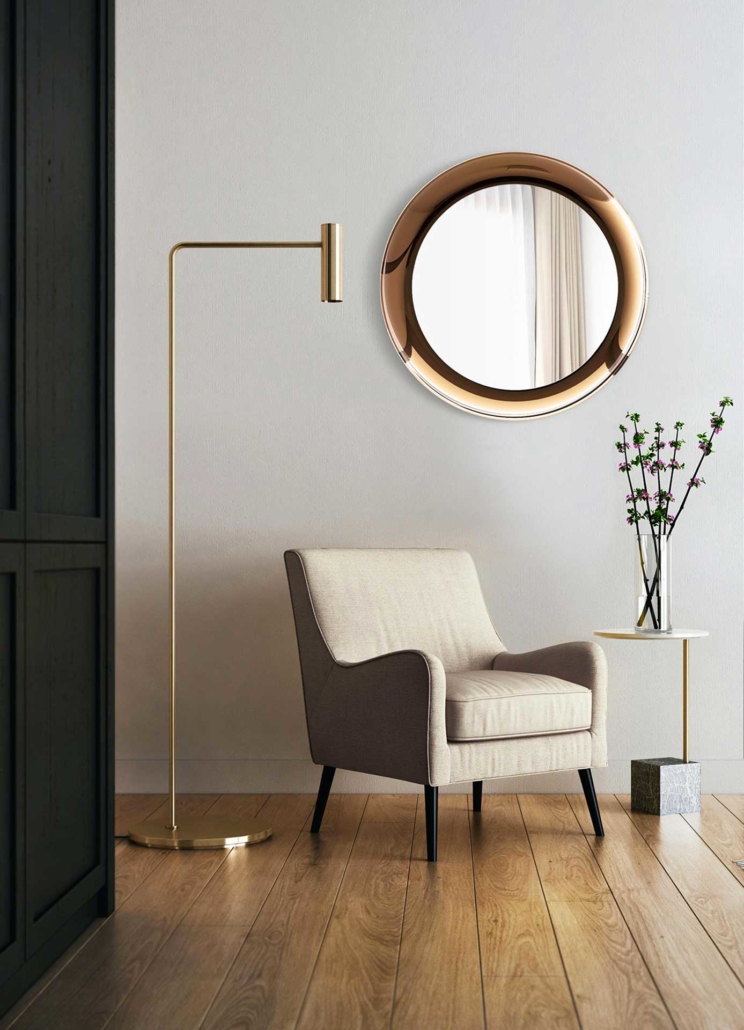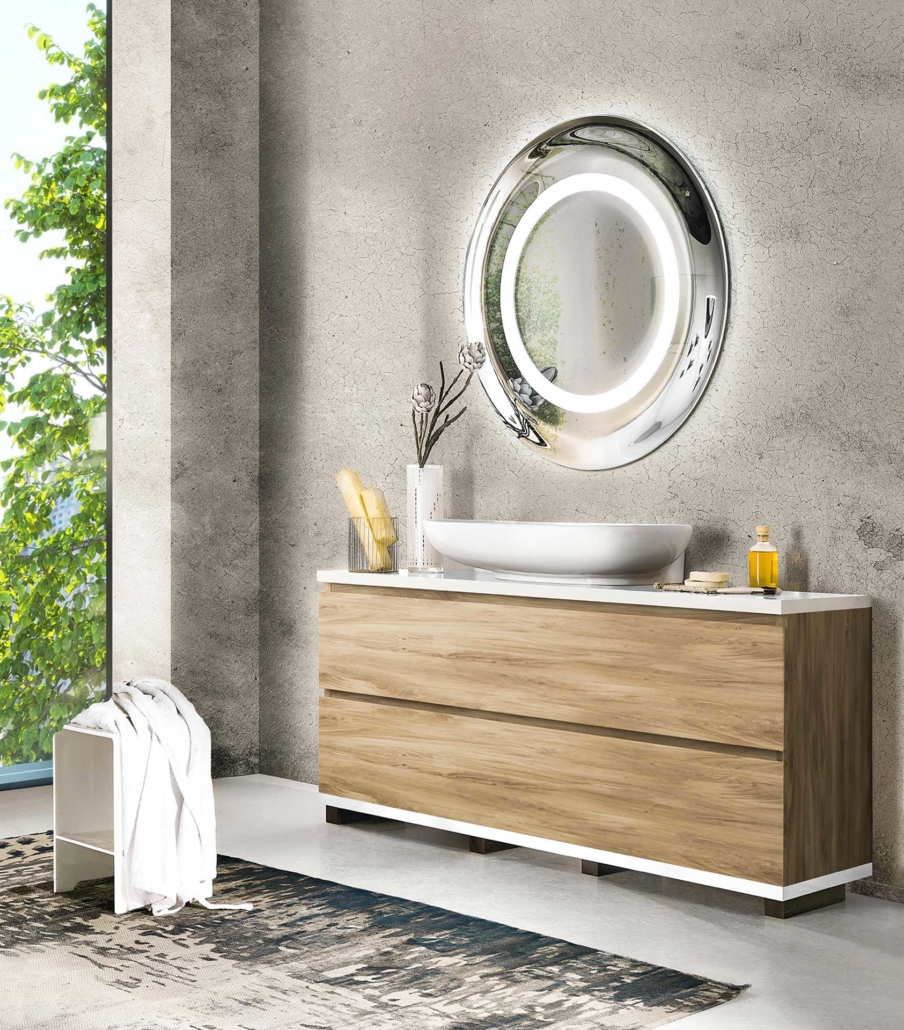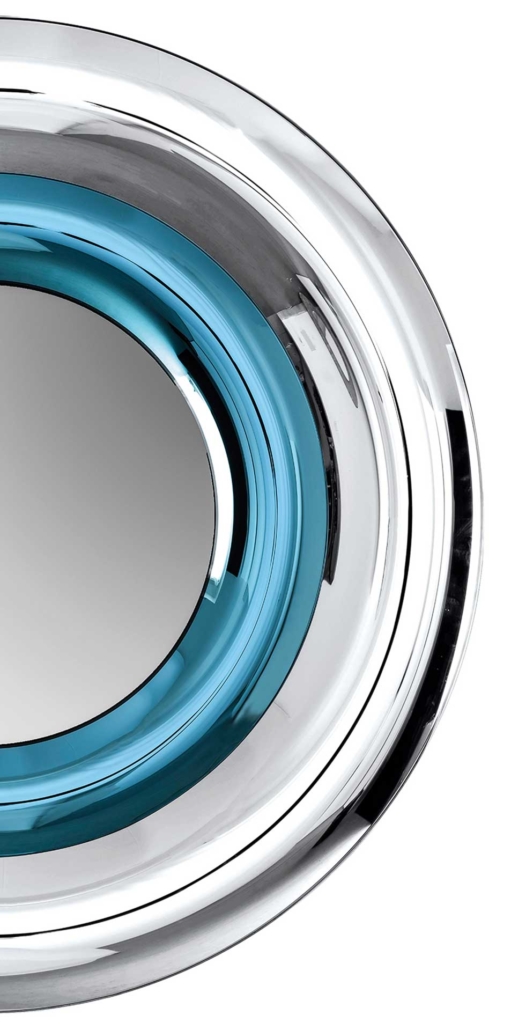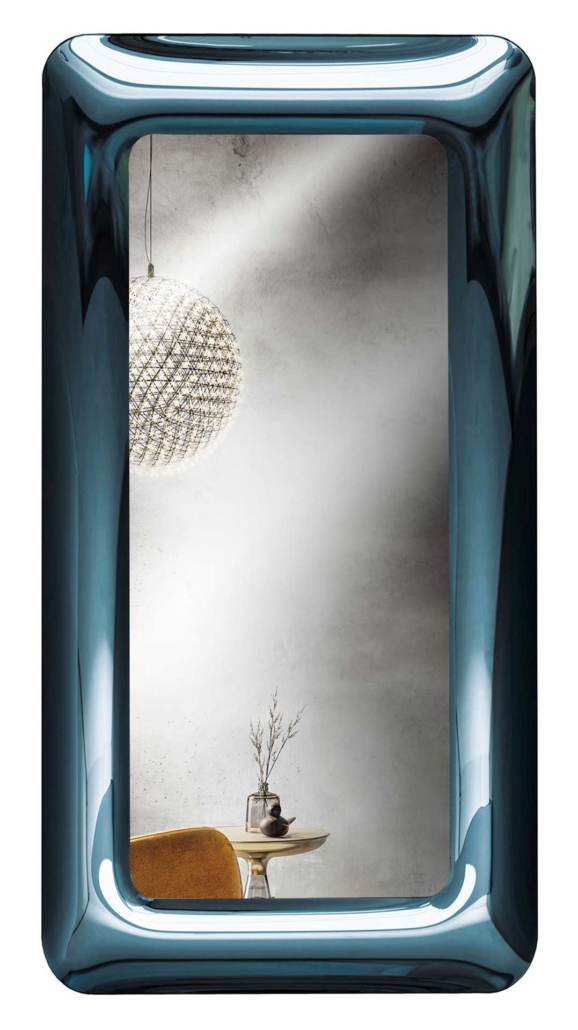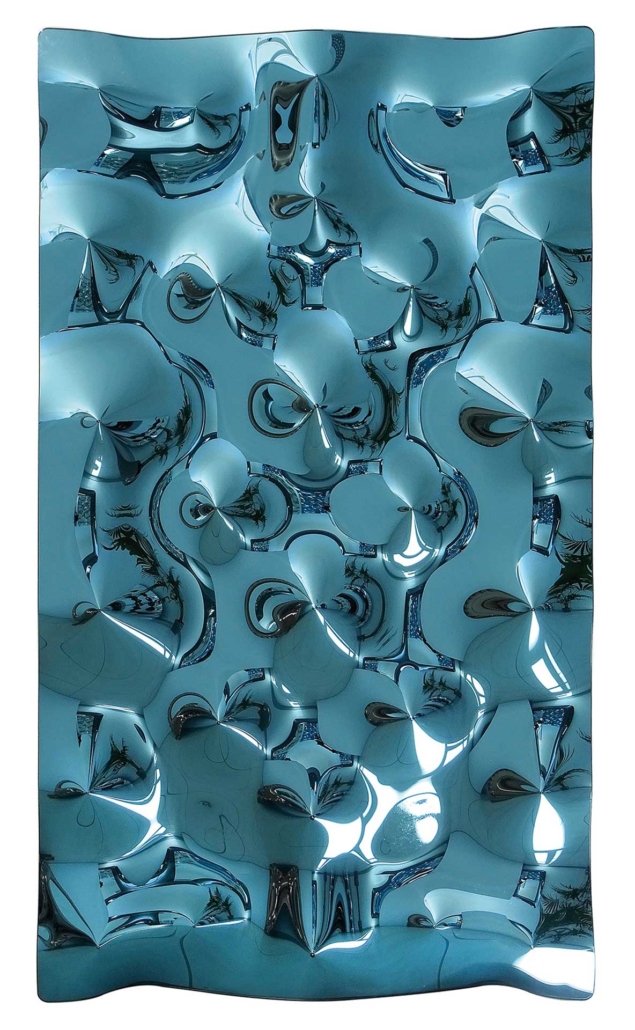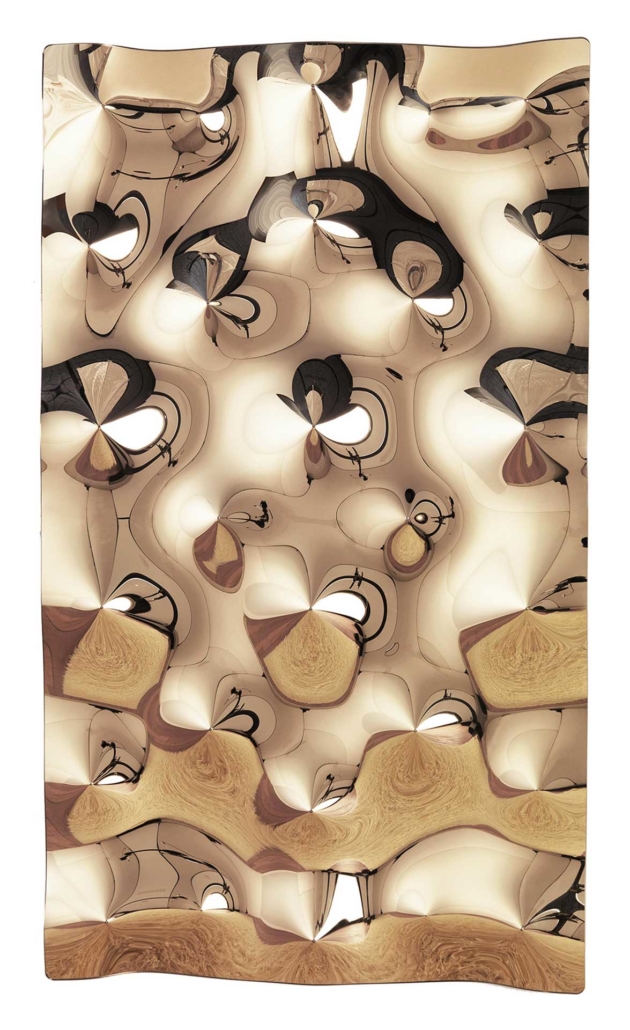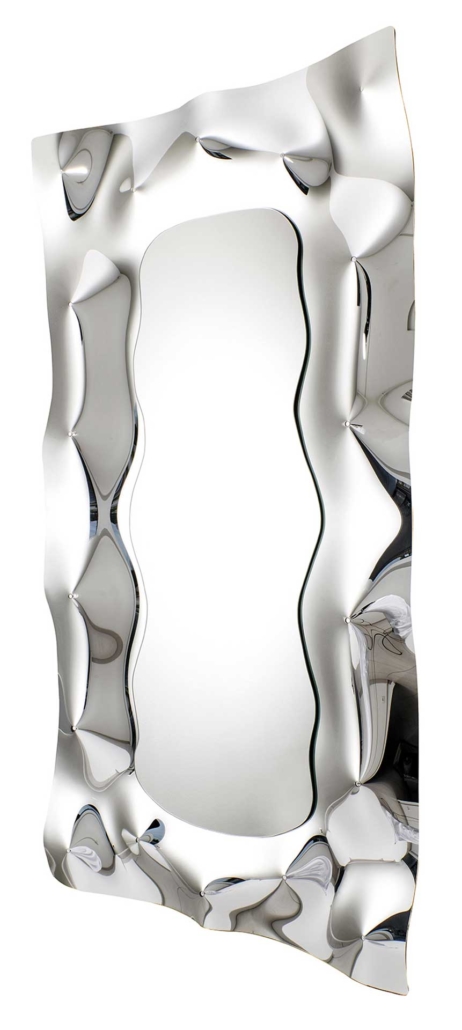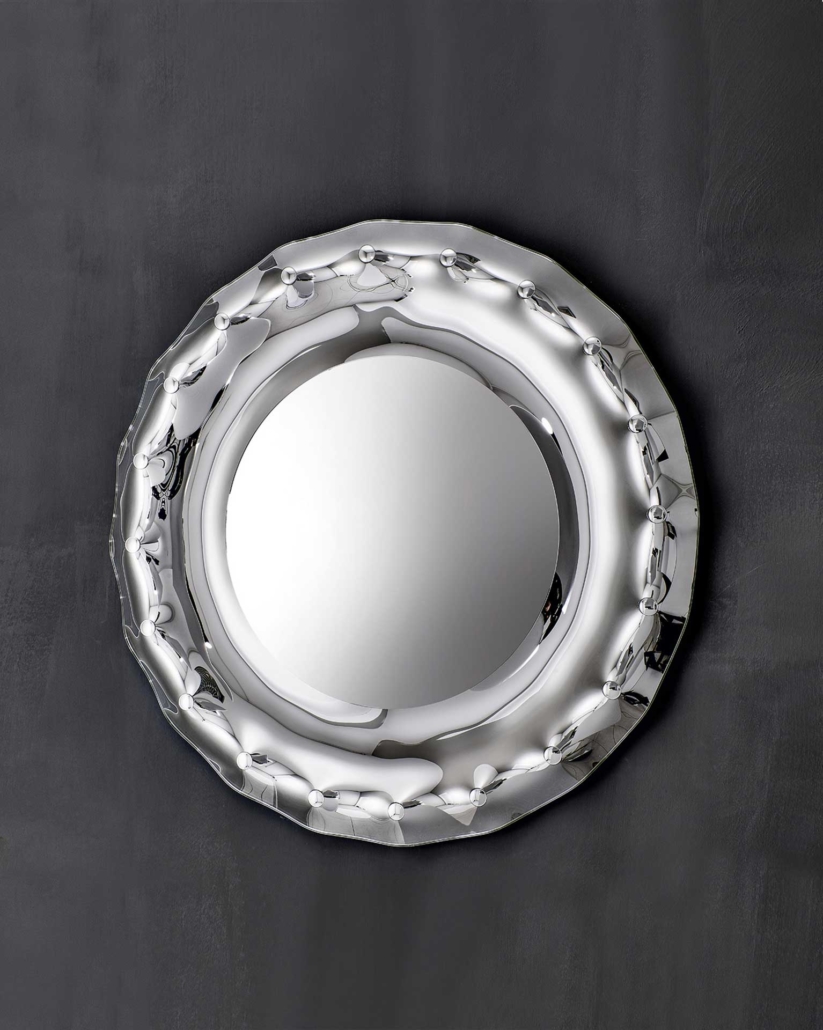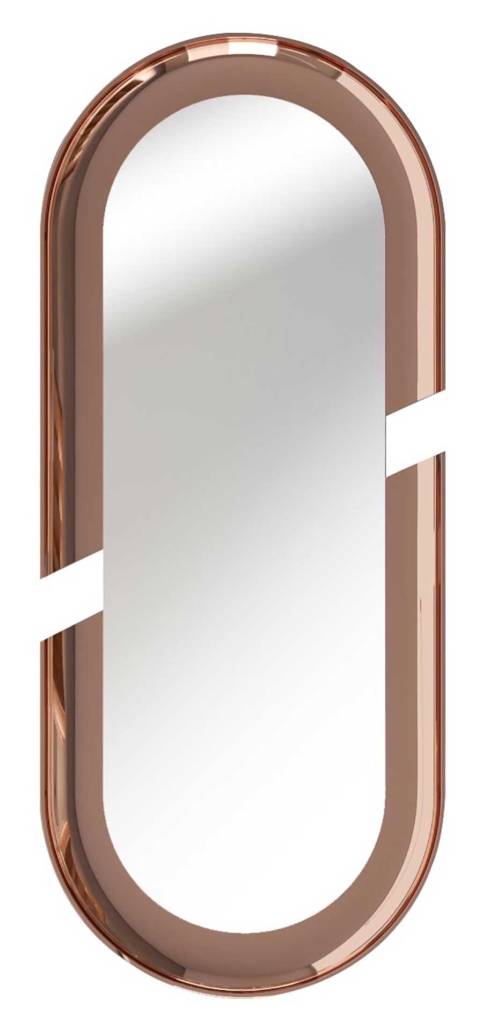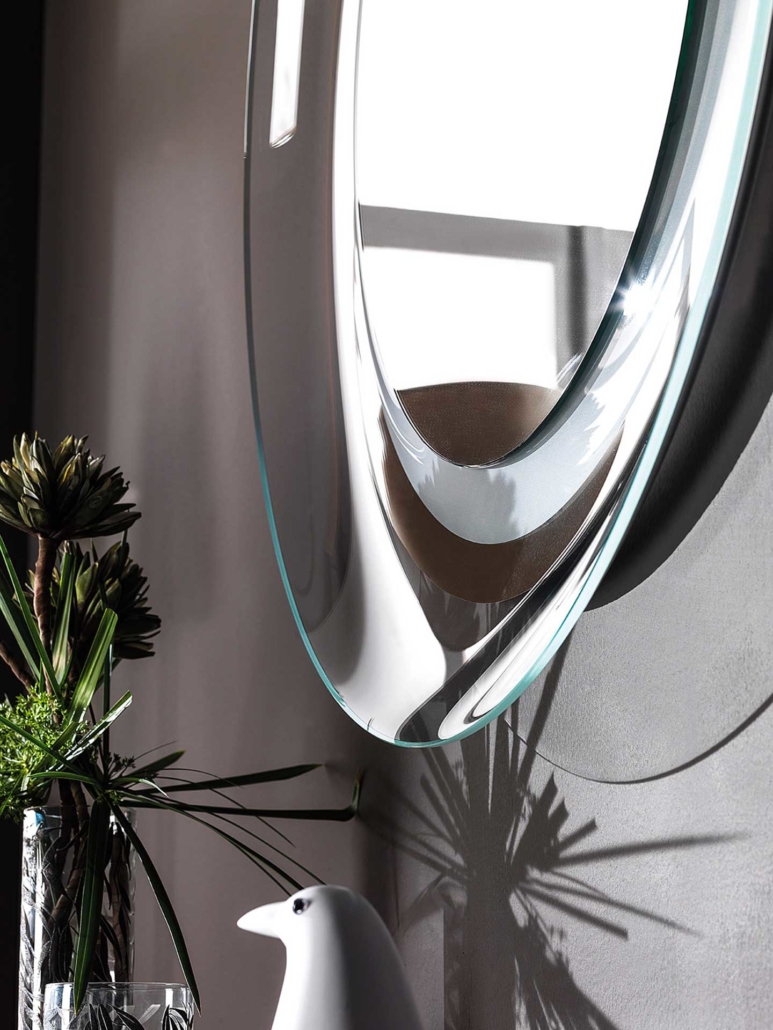A Captivating Conversation with Giada Vismara on the Impact and Aspirations of Women on International Women’s Day
Half of the team at Vismara Design, a company based in Brianza, in Lombardy, northern Italy, specialising in luxury home entertainment furniture, are women. That’s why, in order to celebrate this International Women’s Day, we engage in a compelling conversation with Giada Vismara, the Sales & Marketing Manager, to talk about the status of women in the luxury furniture industry.
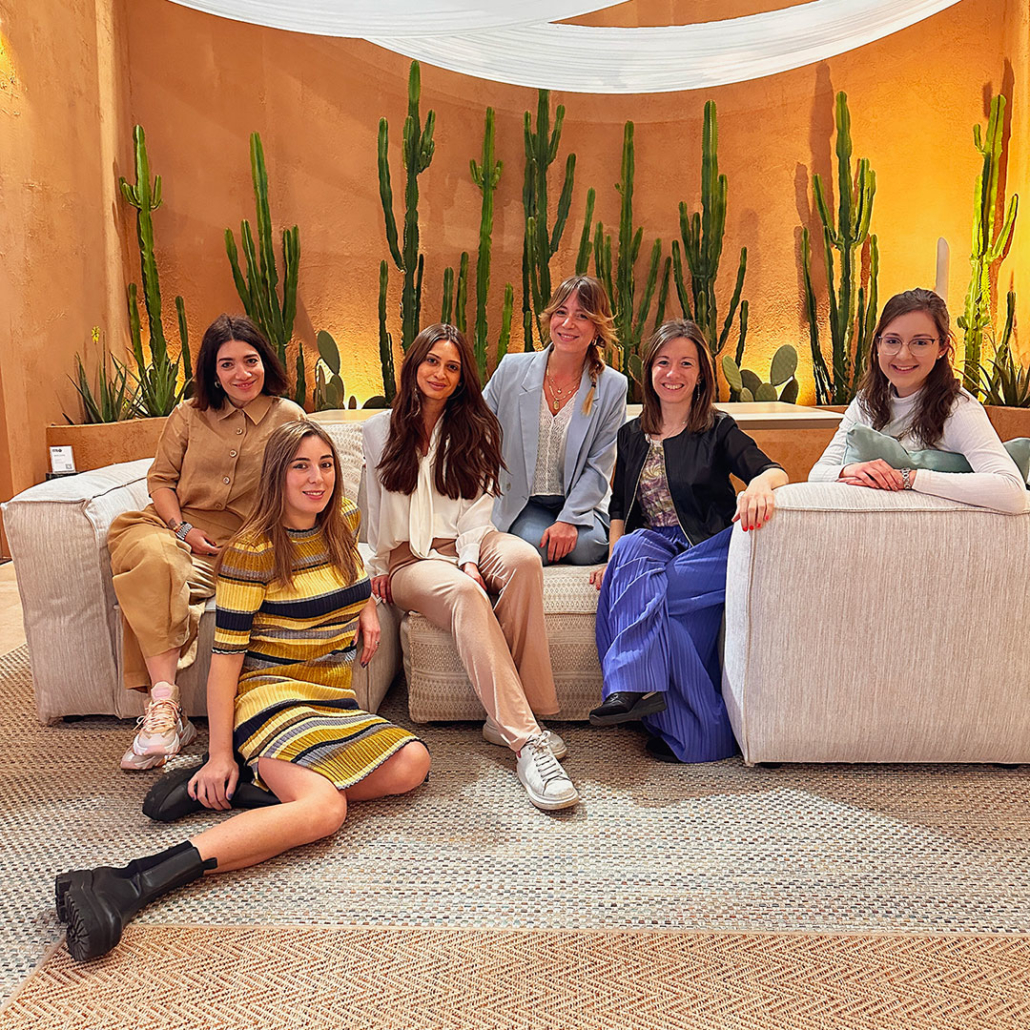
Crafting Excellence Through Unique Strengths
In the company she represents, the concentration of women is a deliberate and strategic choice, that stems from the belief that women bring unique strengths to both creative and managerial aspects of the luxury furniture industry. Despite prevailing clichés, women at Vismara thrive in collaborative environments, characterized by effective communication and superior problem-solving skills. Giada emphasizes the agility and practicality innate to women when seeking solutions, a trait crucial in meeting the demanding standards of the luxury industry clientele. In facing challenges, women seem to exhibit resilience, persisting until a comprehensive solution is achieved. Giada underscores the significance of these qualities in meeting the discerning needs of customers who demand exceptional quality and specialized assistance. Attention to detail also plays a special role, however, for Vismara and anyone working in this field, and Giada ardently asserts that women, by nature, surpass their male counterparts in this regard. Their ability to finely tune into intricate details positions them not only as contributors but as leaders in achieving excellence in the luxury furniture industry.
Women’s Rising Influence Across Borders
The remarkable prevalence of women in the luxury furniture industry is, therefore, not a mere coincidence but a compelling trend gaining momentum each passing year. Women are increasingly assuming pivotal roles, shaping the landscape of architecture firms and forming all-female teams within. This transformative shift is particularly prominent on the international stage, where encounters with women are more prevalent, not only in sales offices and showrooms but also in influential top management positions.
Women’s Mastery
While acknowledging the complexity of individual differences, an intriguing trend surfaces when exploring the dynamic between men and women in the luxury furniture realm. It appears that, in this specific domain, women exhibit a heightened sensitivity to interior design aesthetics, an enhanced dedication to customer service, and a flair for creativity. This nuanced observation challenges preconceived notions, illustrating the multifaceted strengths that women bring to the forefront. For Vismara this industry is unequivocally a very feminine world. Here, women not only excel but thrive, shaping an environment where their innate qualities contribute significantly.

“The promptness and concreteness in seeking solutions are typical of women, who do not falter at the first obstacles but strive to solve the problem thoroughly.”
Giada Vismara
Navigating the Gender Gap
In certain instances, the gender gap remains notably entrenched. Giada Vismara sheds light on this reality within her Brianza, the industrial hub where manufacturing leadership has historically been male-dominated. Despite strides, women in this business often find themselves navigating an arduous path, necessitating a threefold effort to attain parity with their male counterparts. And the manufacturing domain’s deeply rooted, established attitudes pose hurdles, requiring a concerted effort to instigate change. This reality not only impacts the current workforce but also risks deterring aspiring young women from pursuing careers in this field. However, only by recognising and addressing the complexities surrounding gender inequalities do we pave the way for a more equitable future.
A Shared Desire: Harmony in Equality
On this International Women’s Day, we resonate with Giada Vismara’s heartfelt wish for women worldwide. Her aspiration, shared by our collective voice, advocates for the fundamental principle of equality, urging that women be recognized as equals to their male counterparts in every professional sphere. As we celebrate the achievements of women and their indispensable contributions, it’s imperative to foster an environment where talent, expertise, and dedication transcend gender biases. The wish is therefore a collective effort to break down barriers, inspire positive change and create a world where the potential of every woman is fully realised and appreciated.

